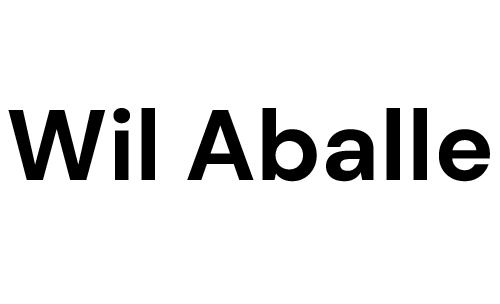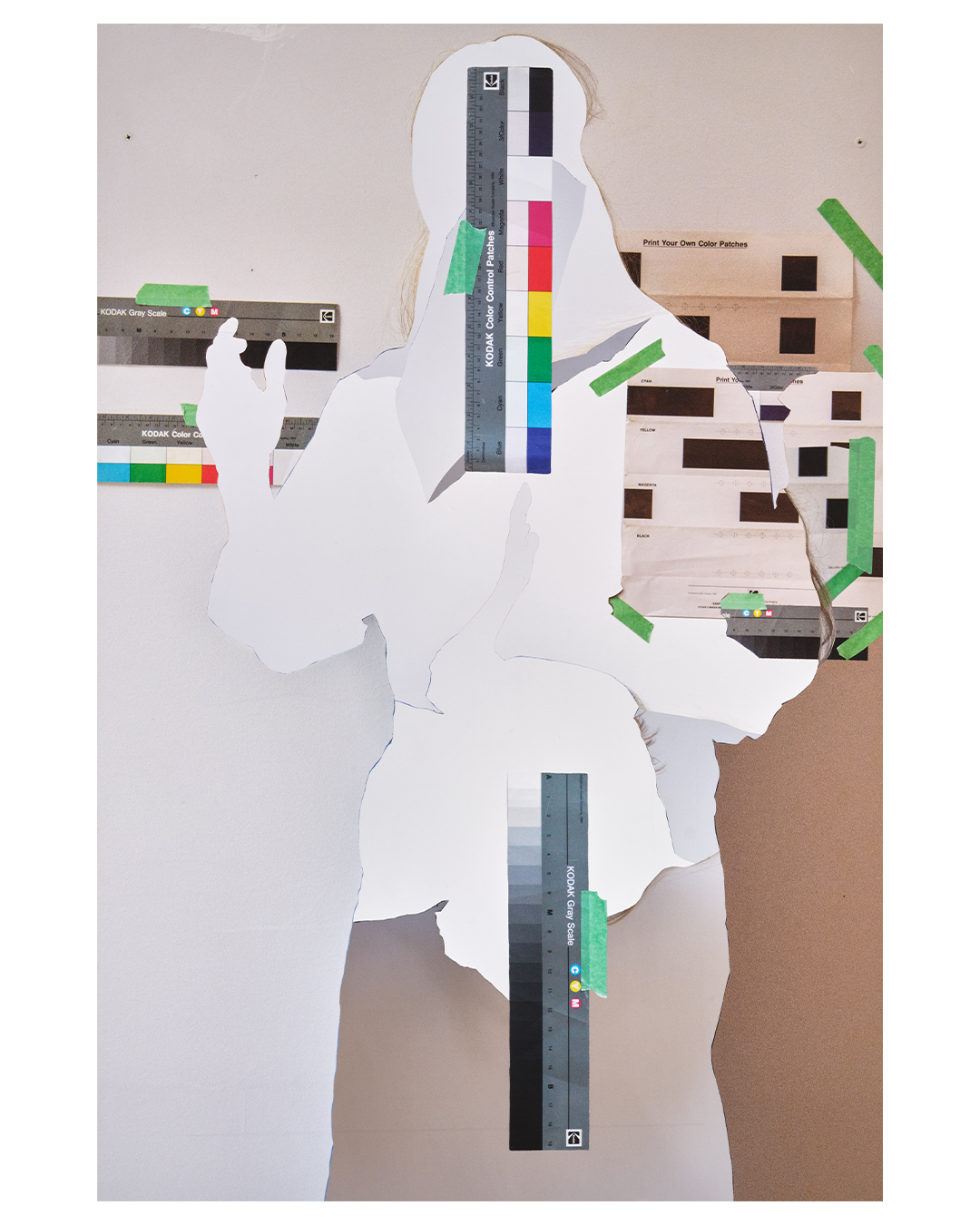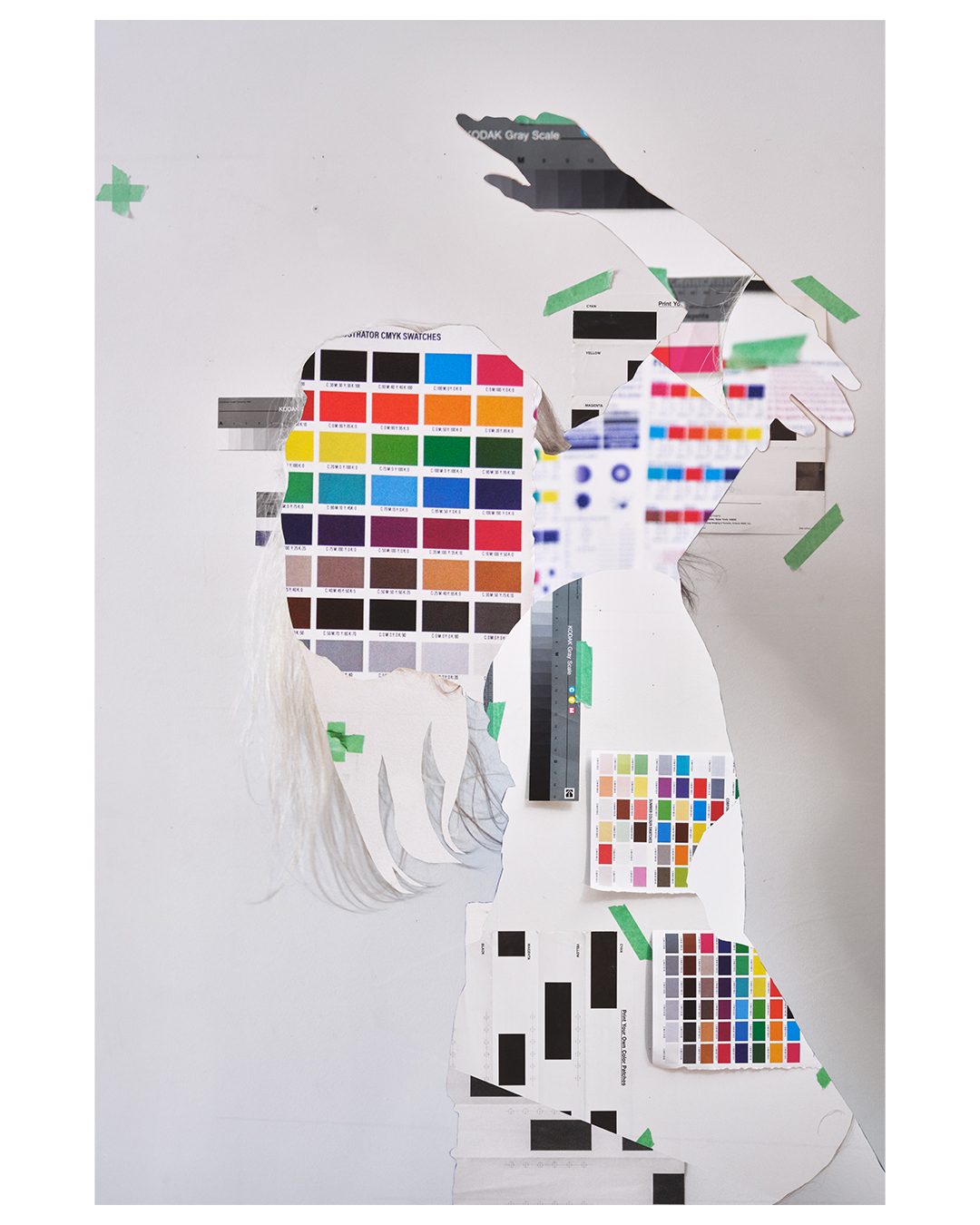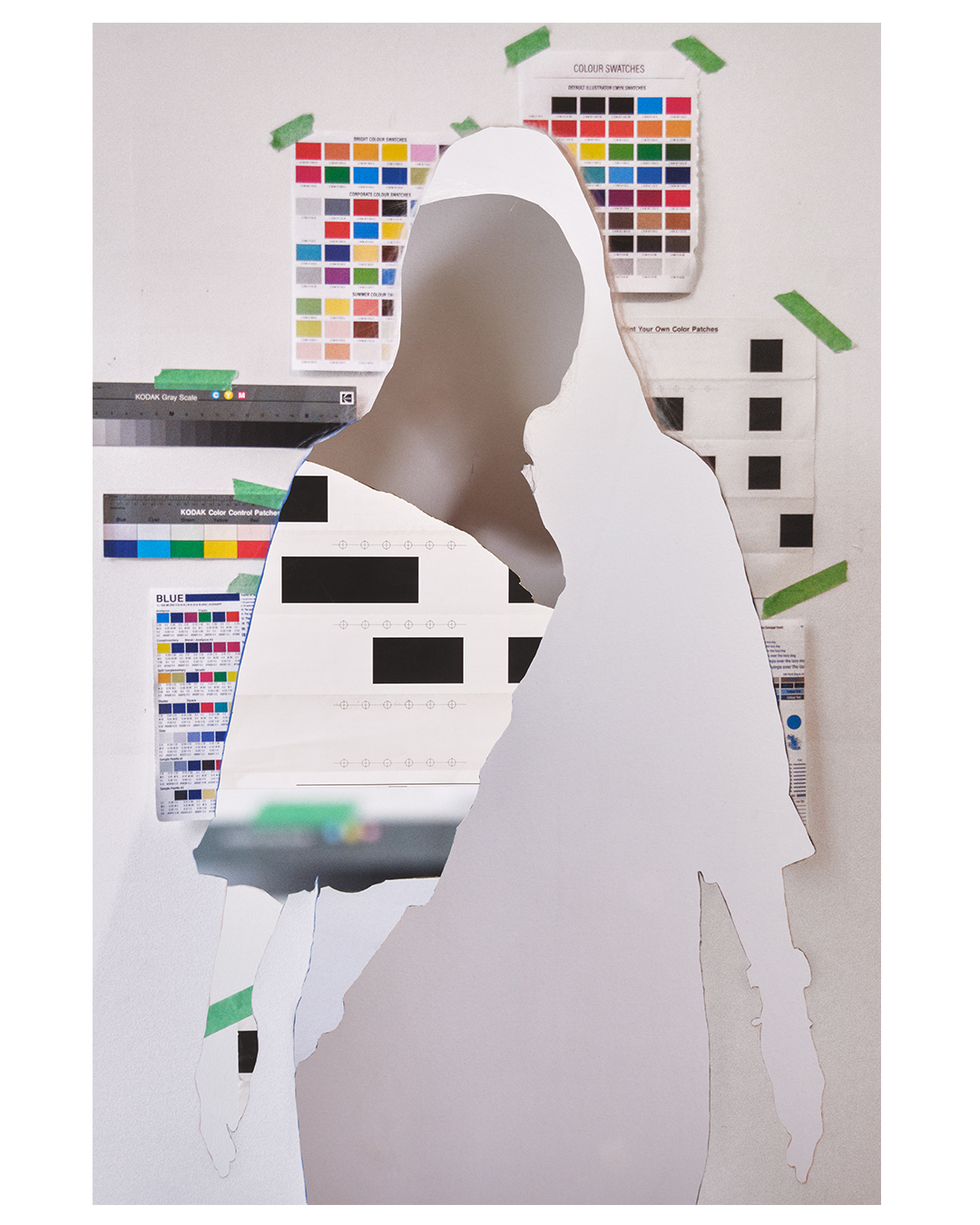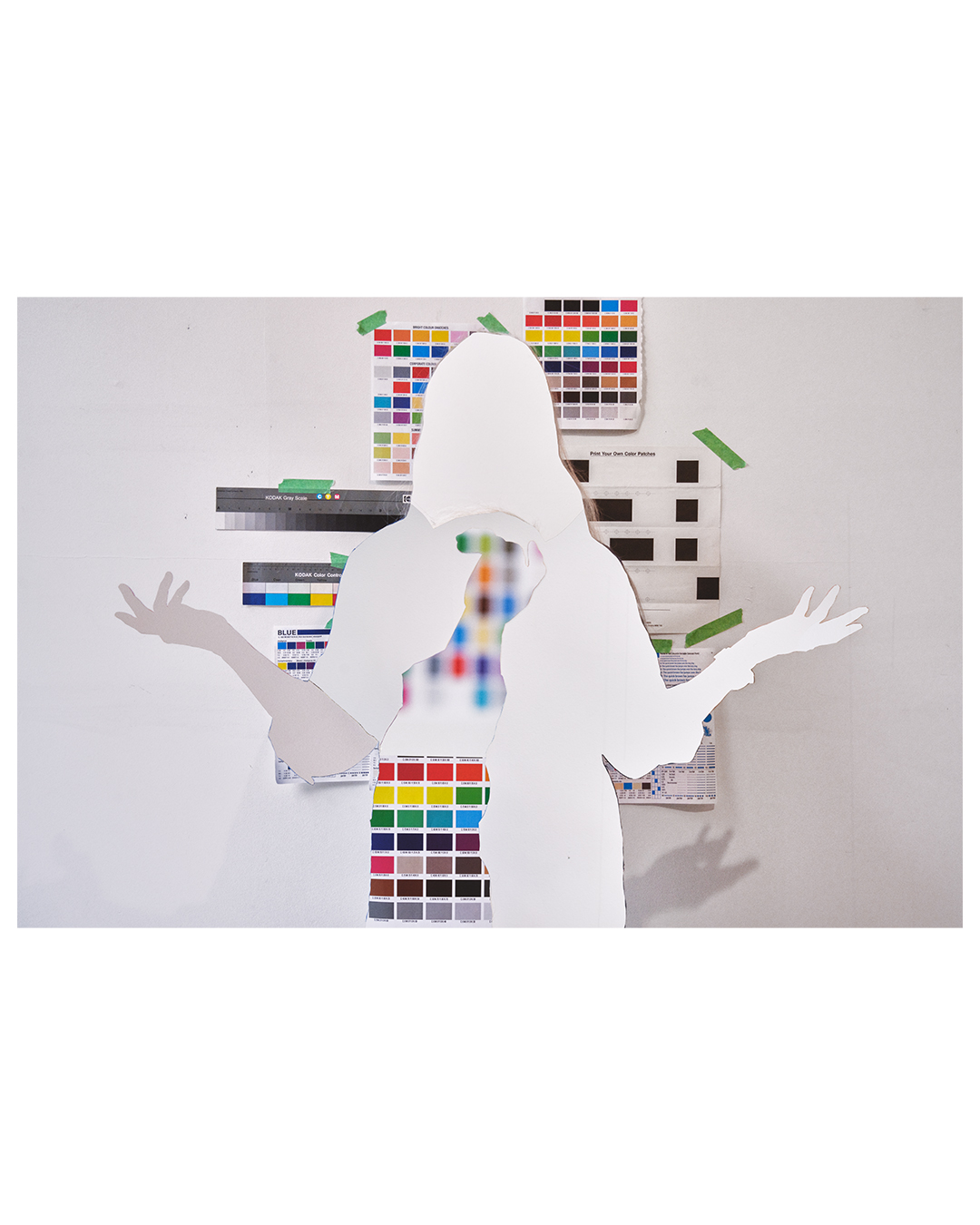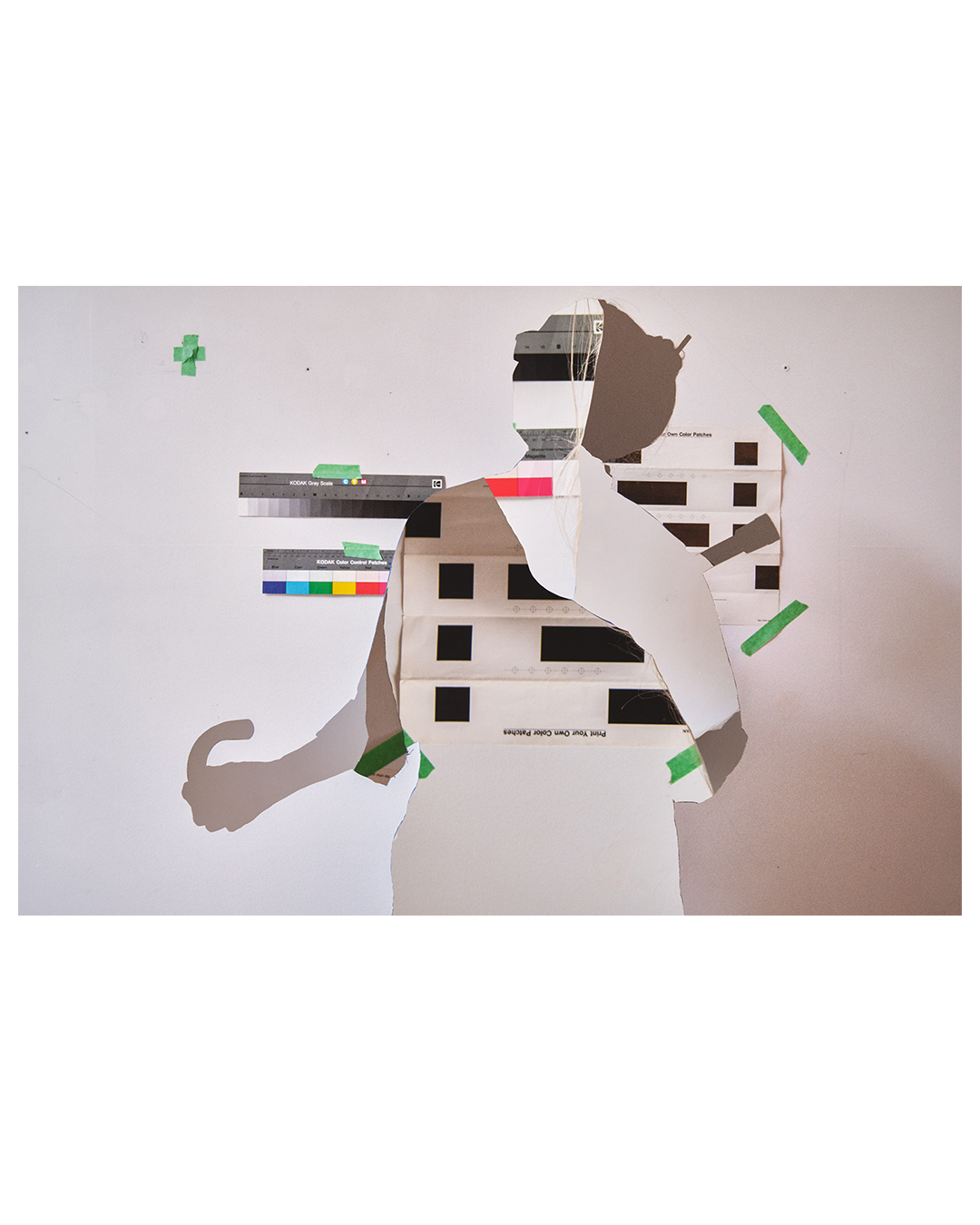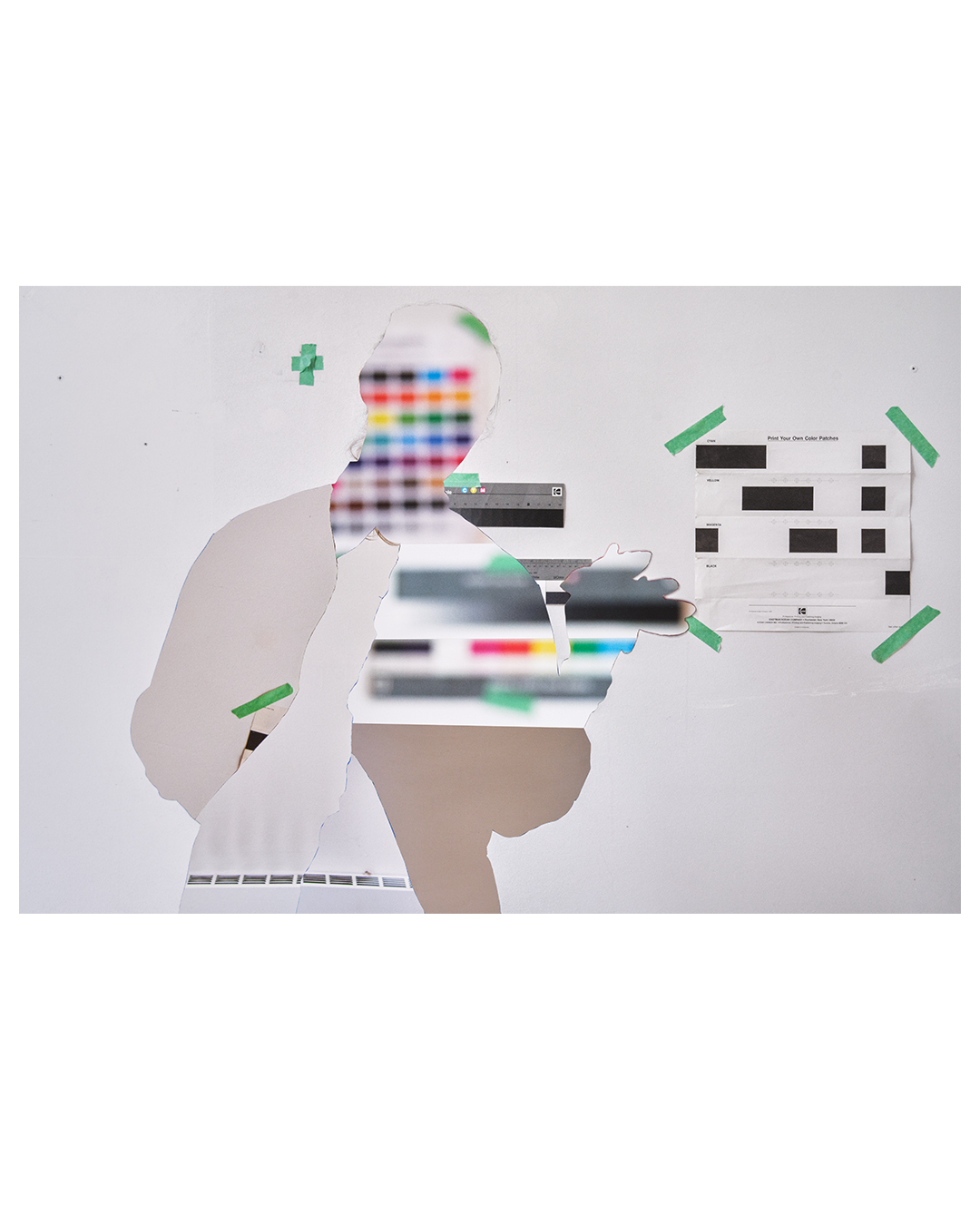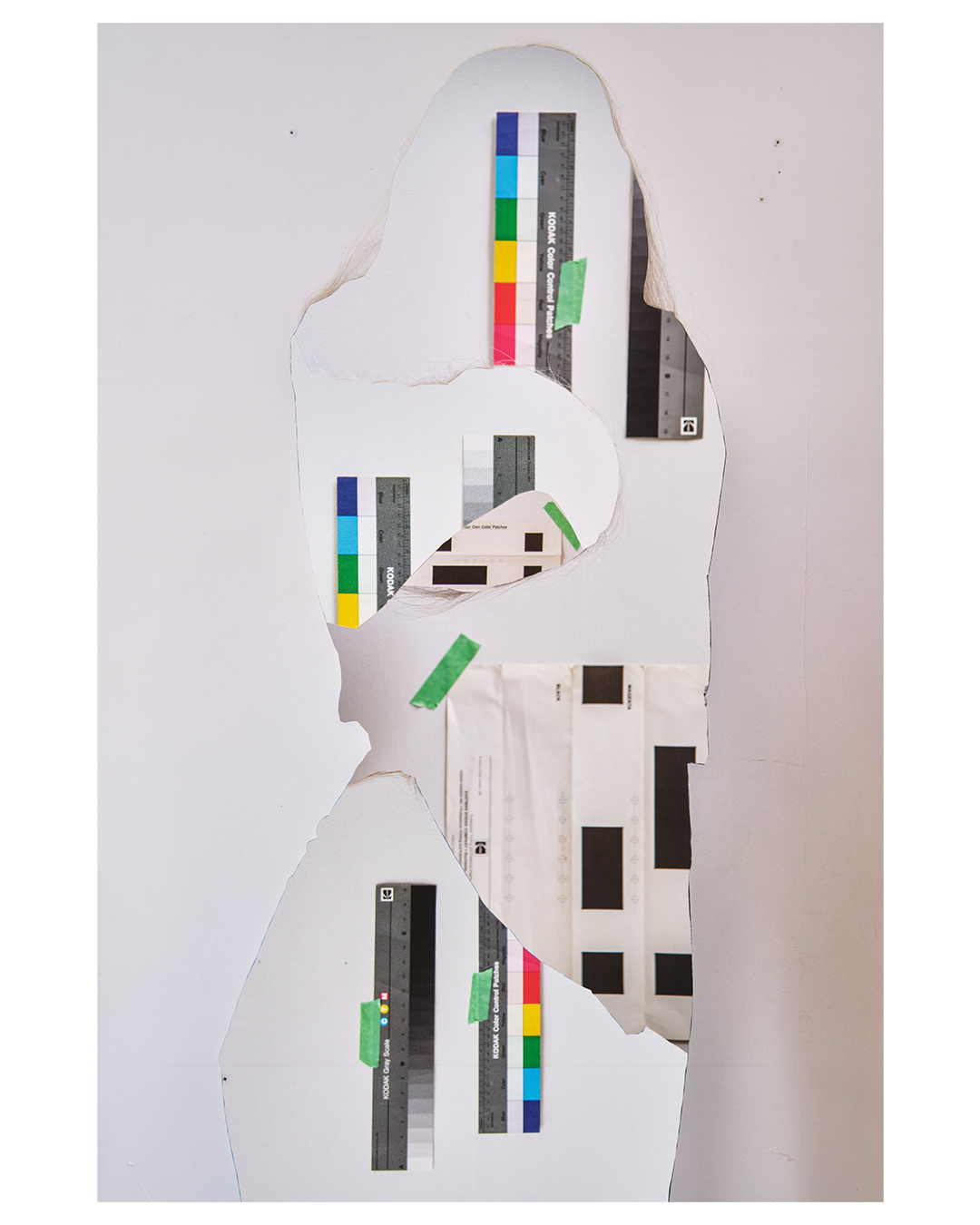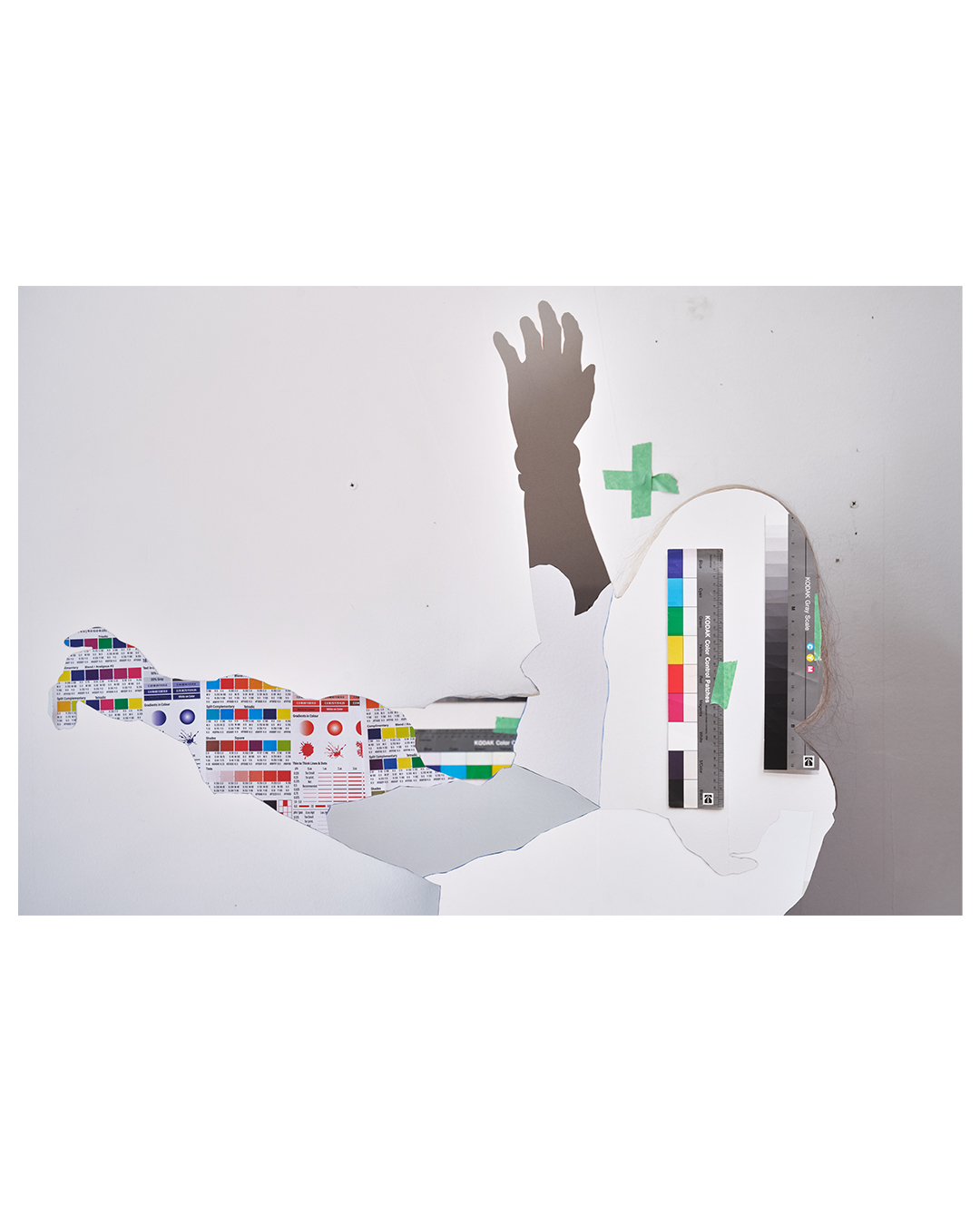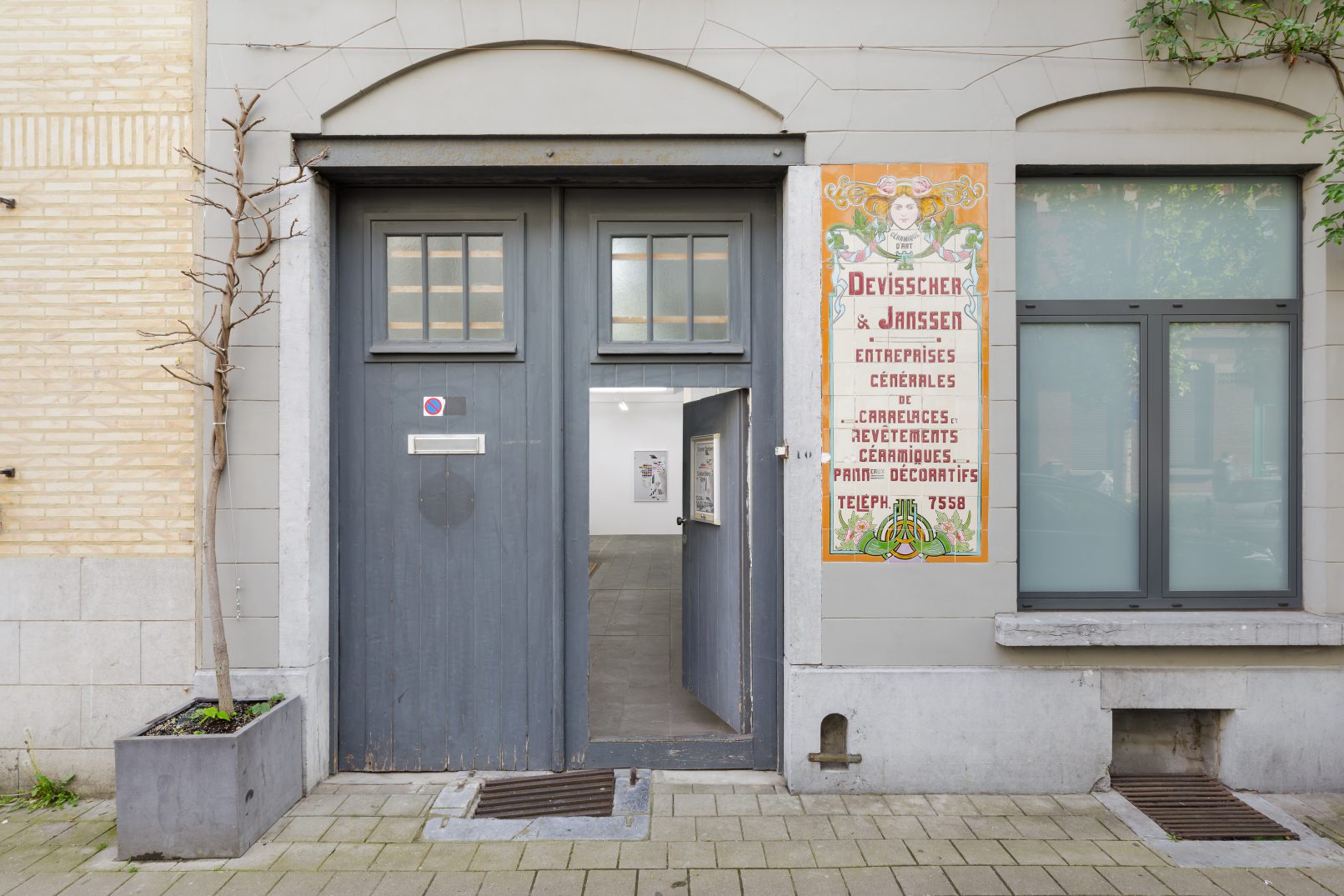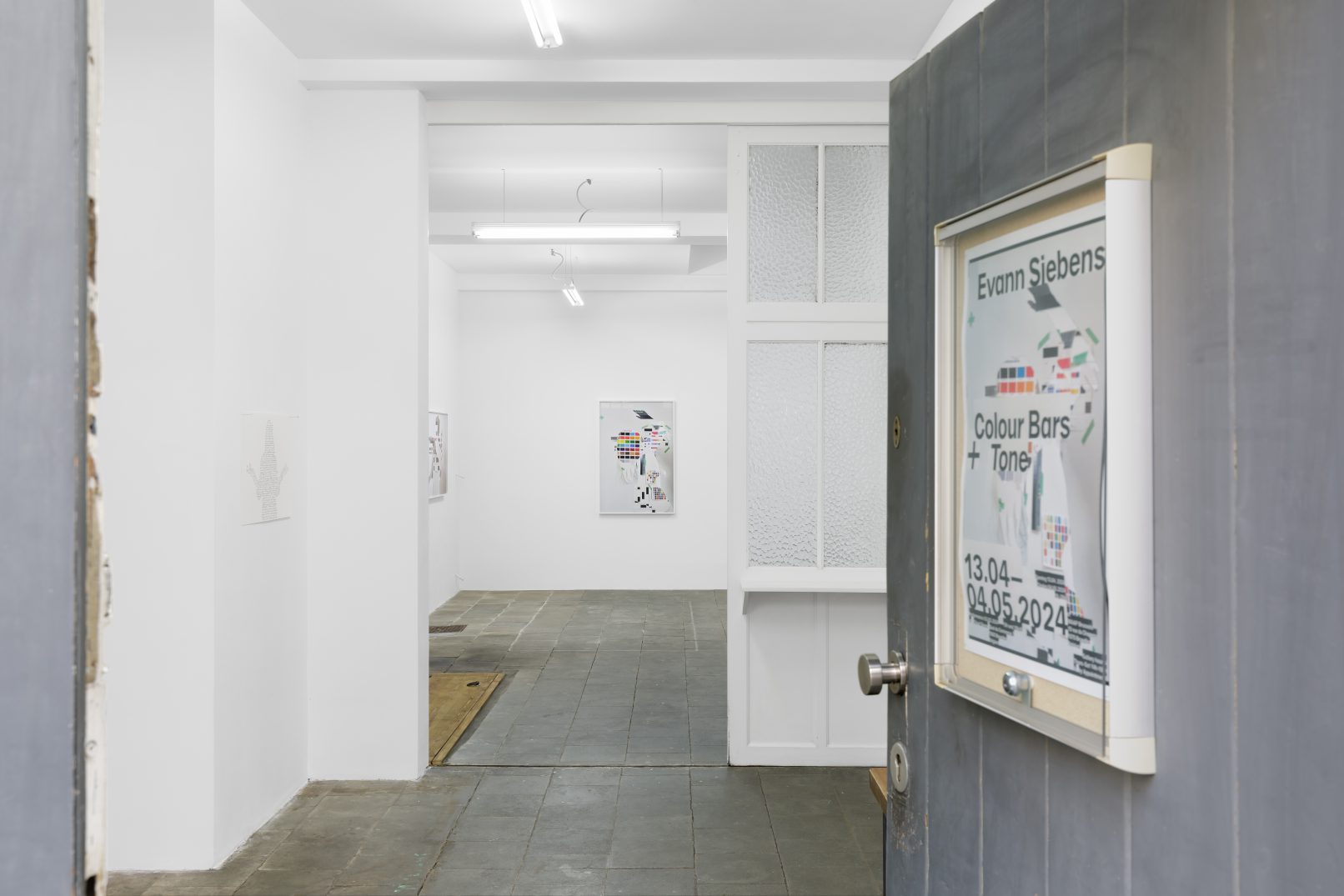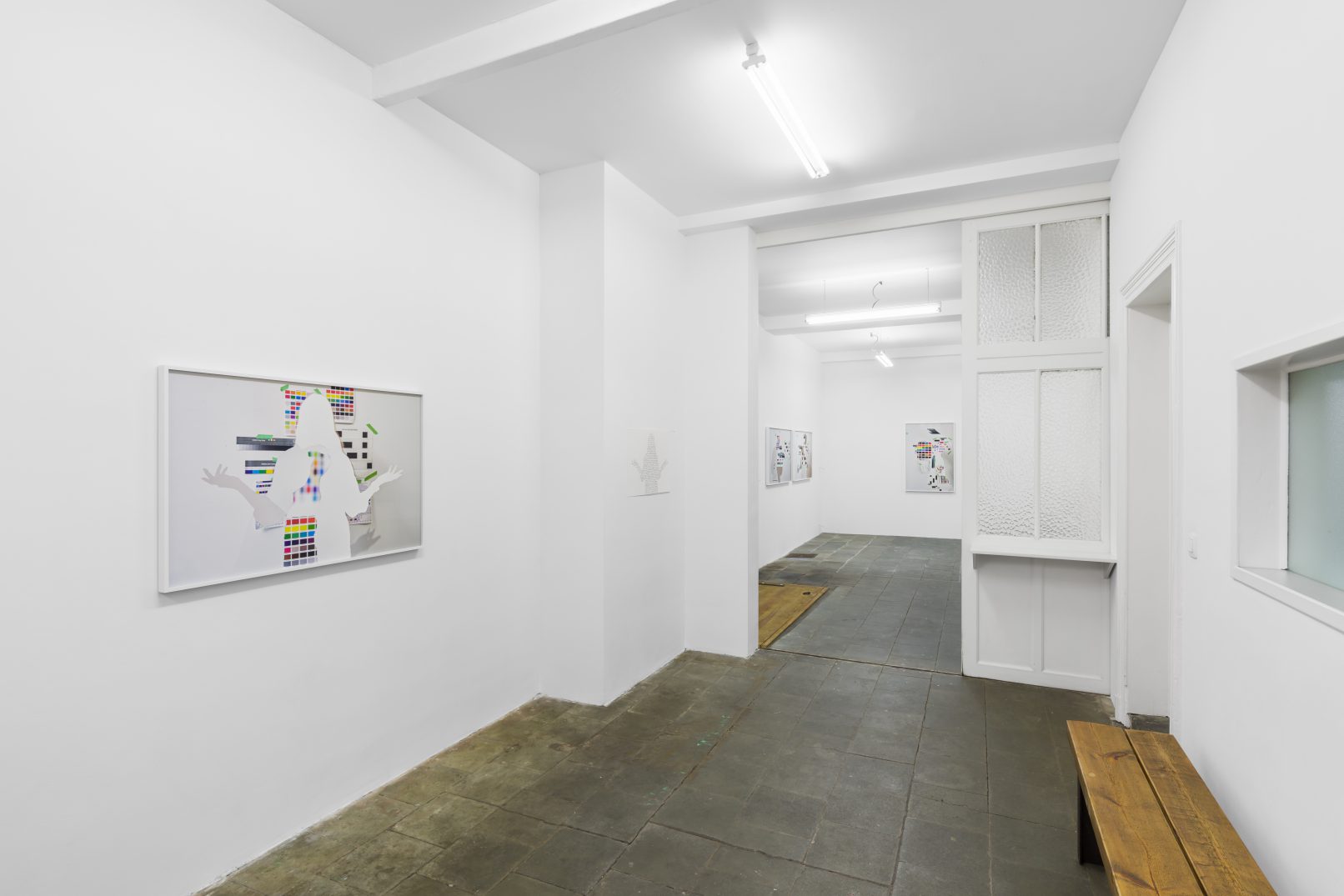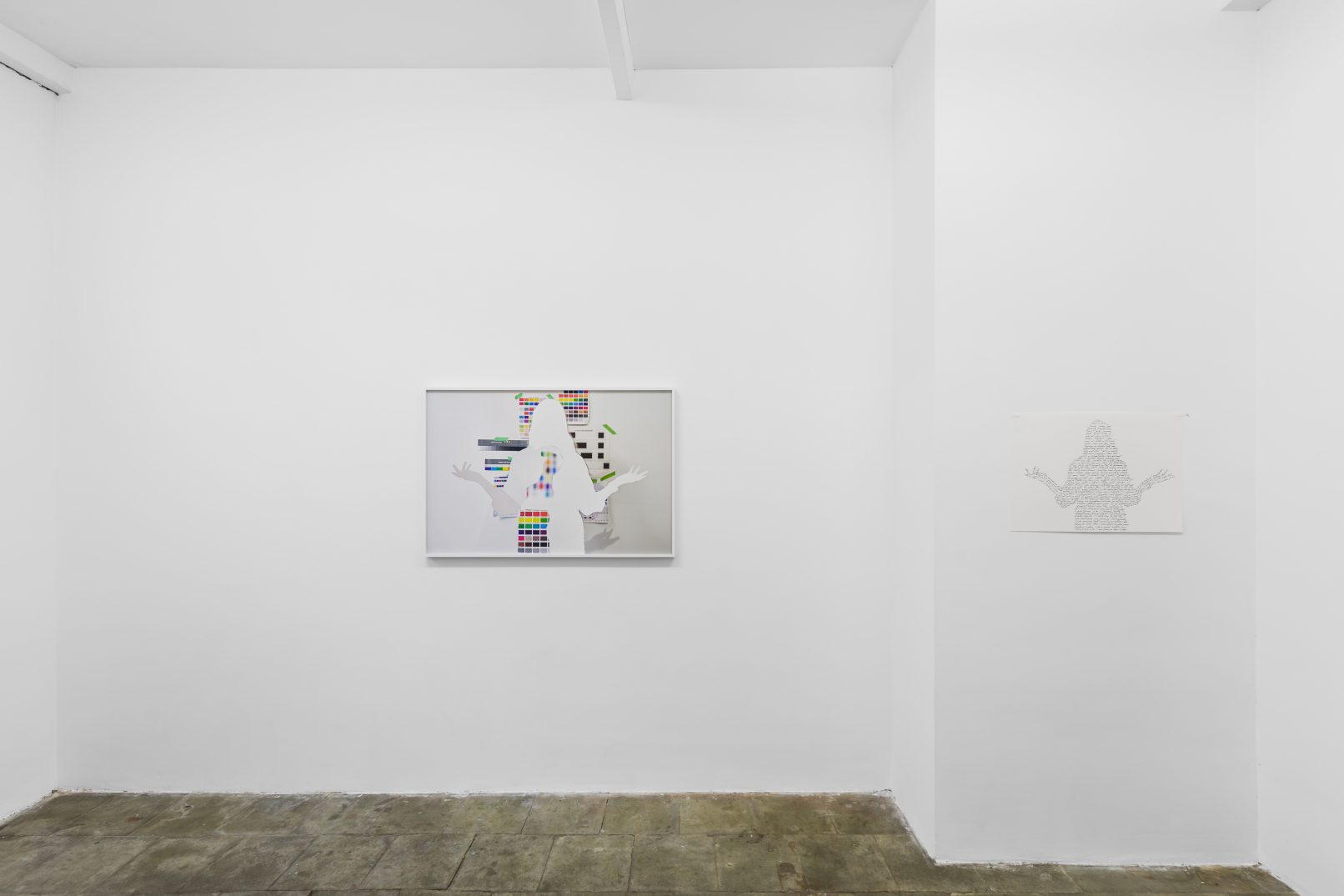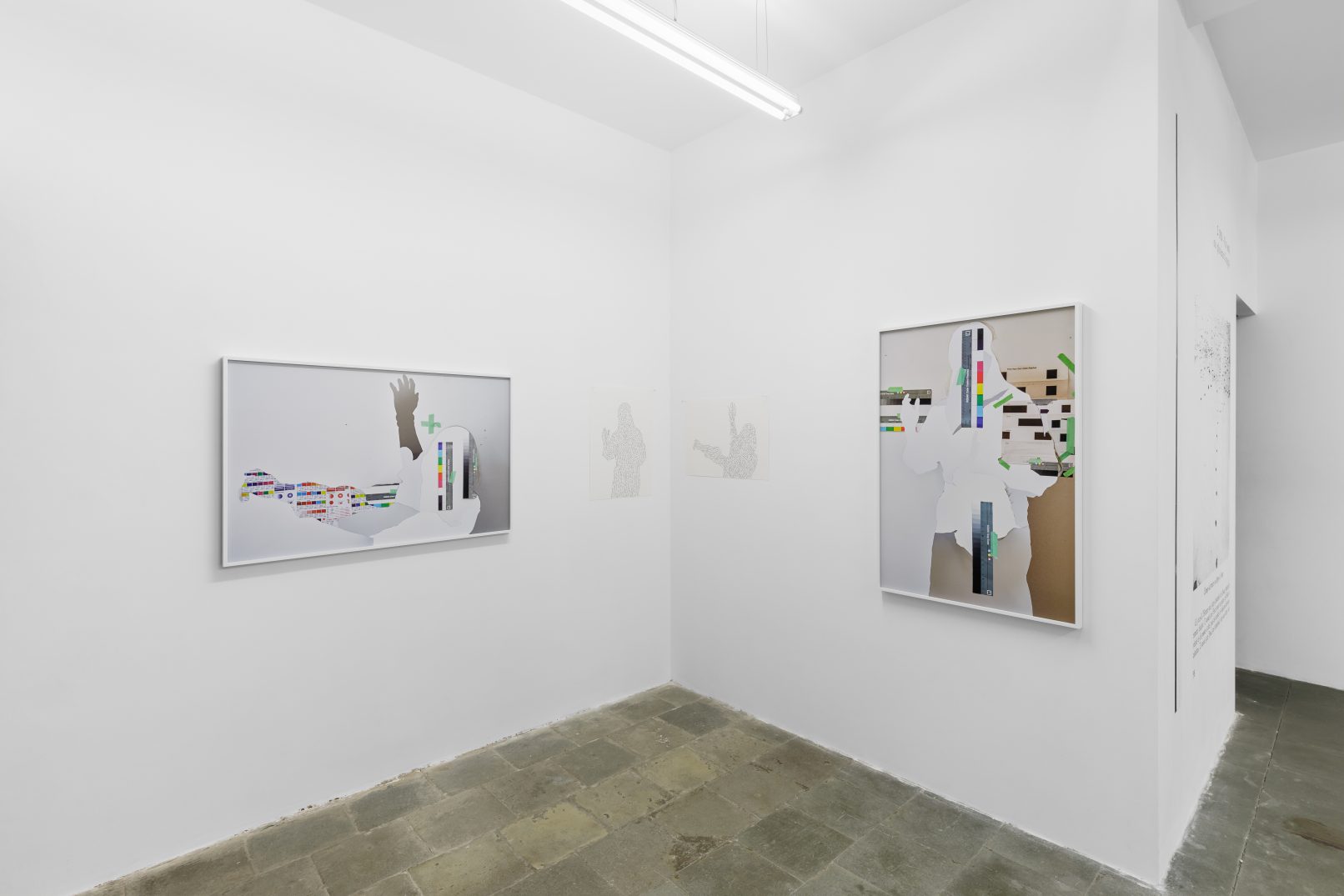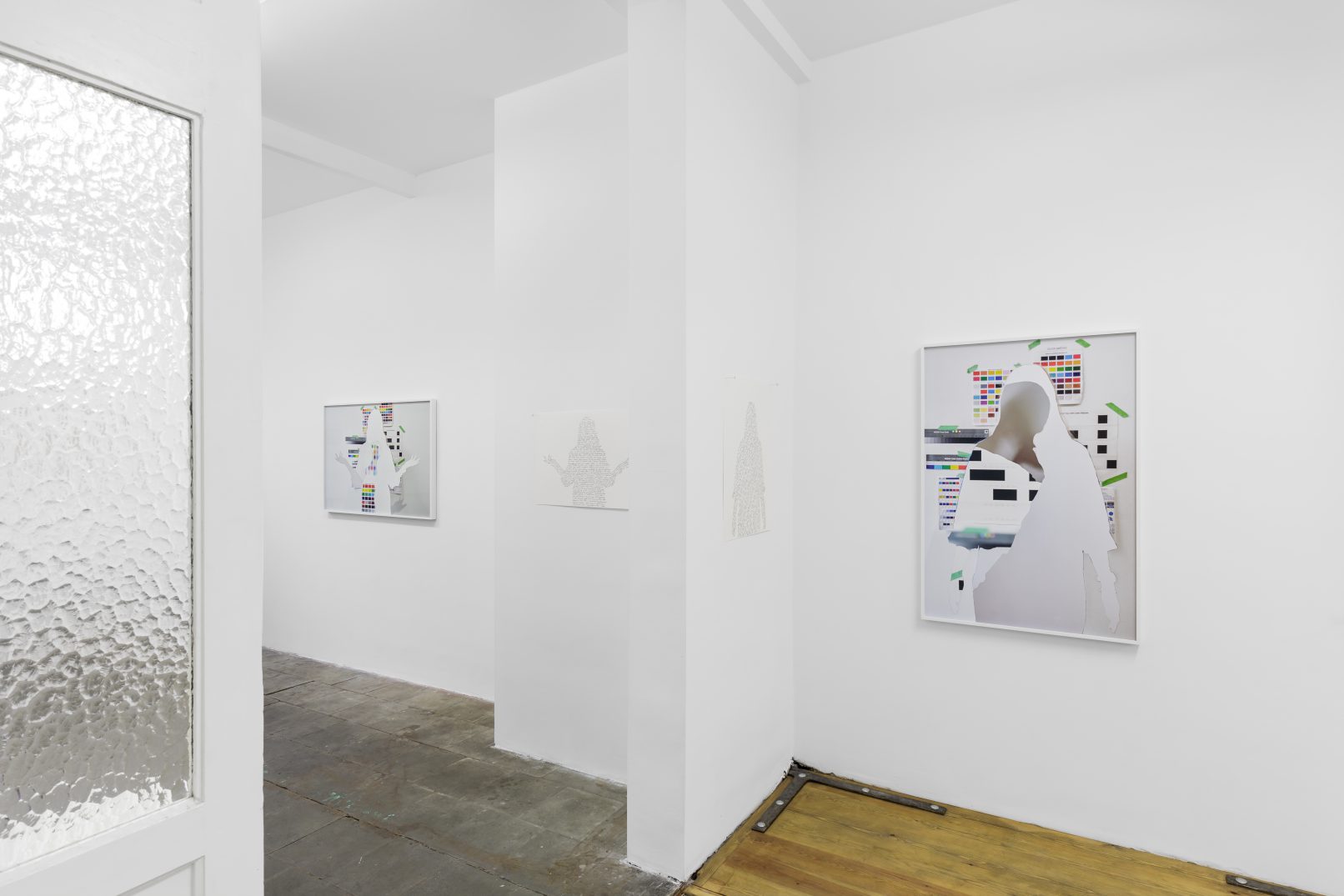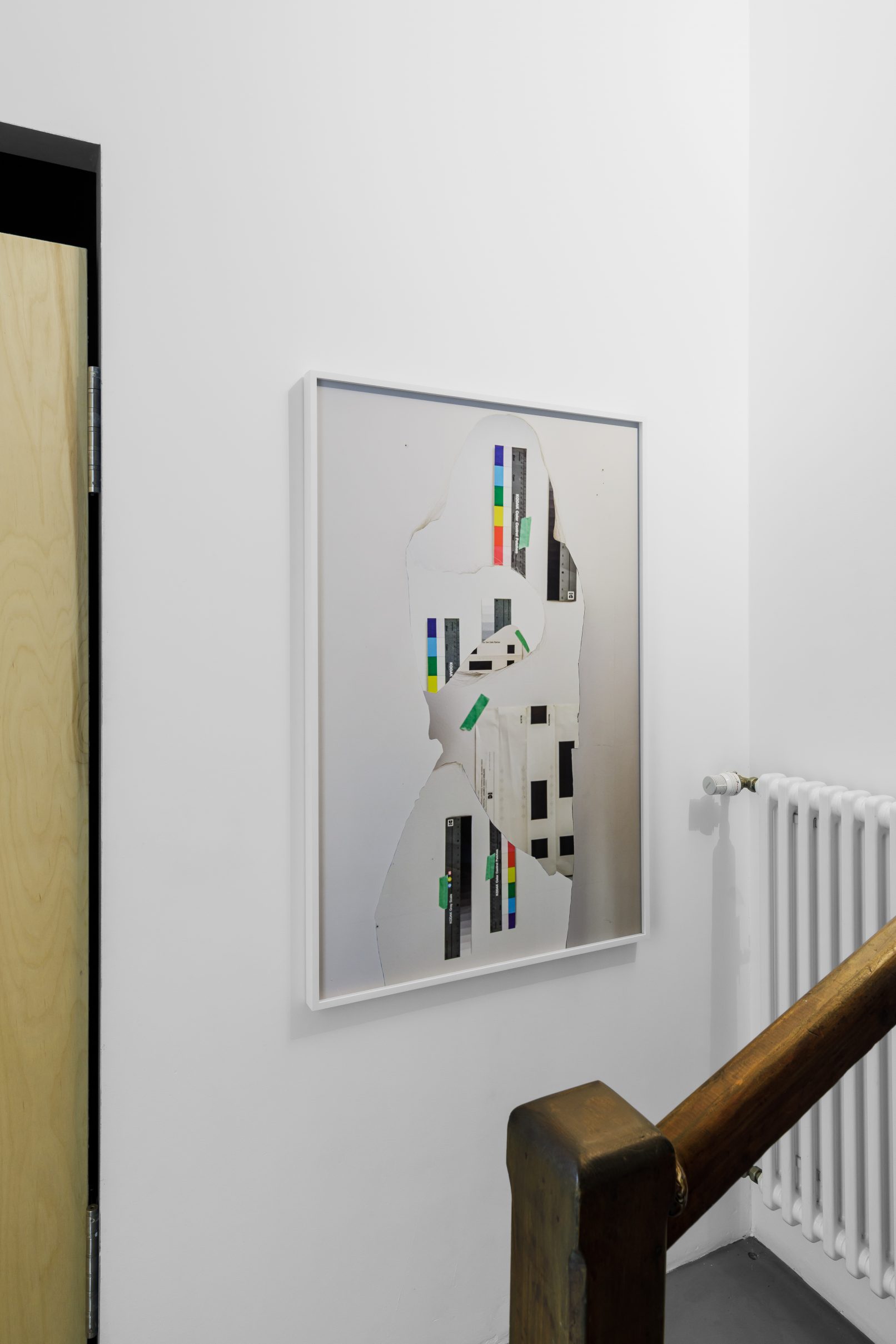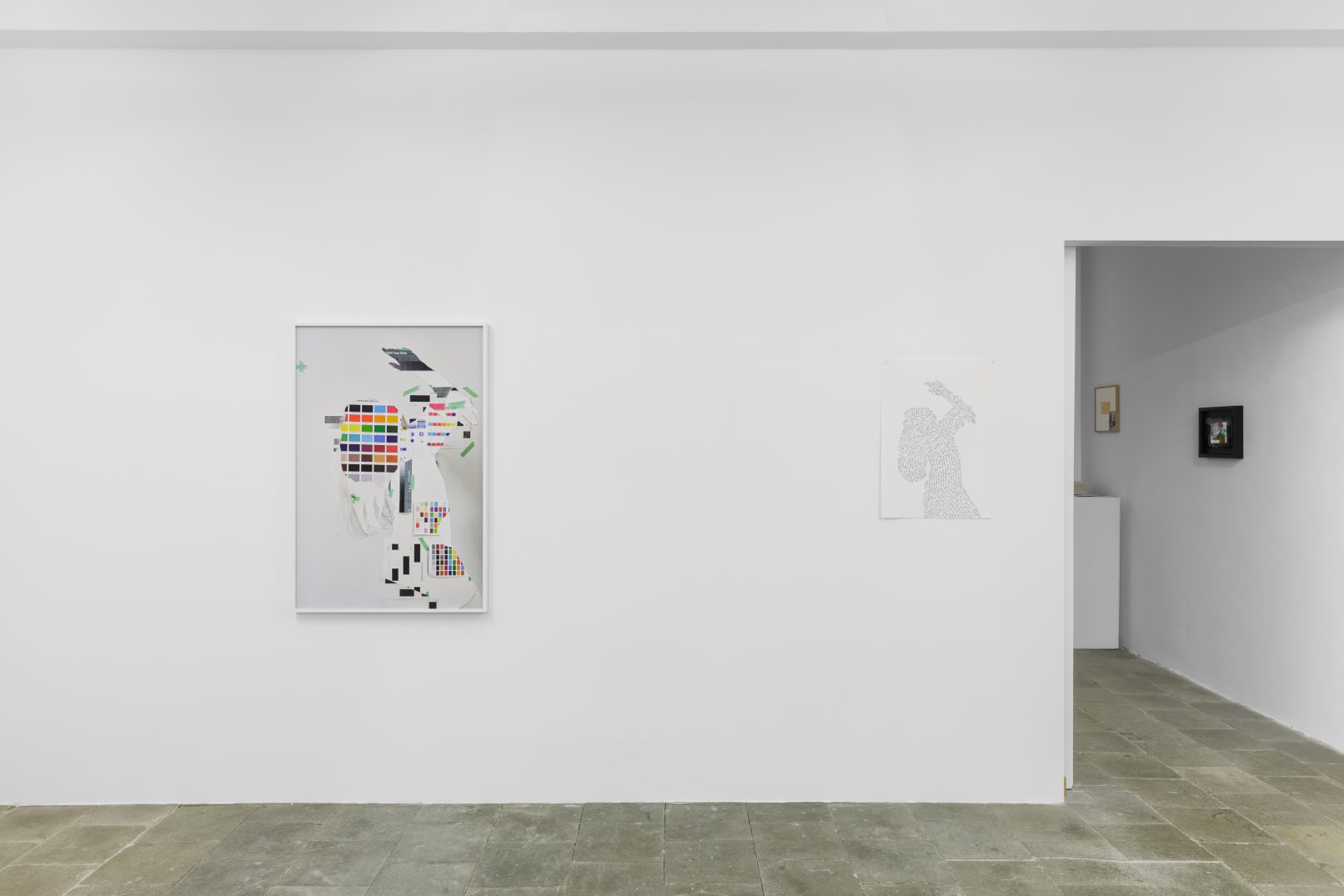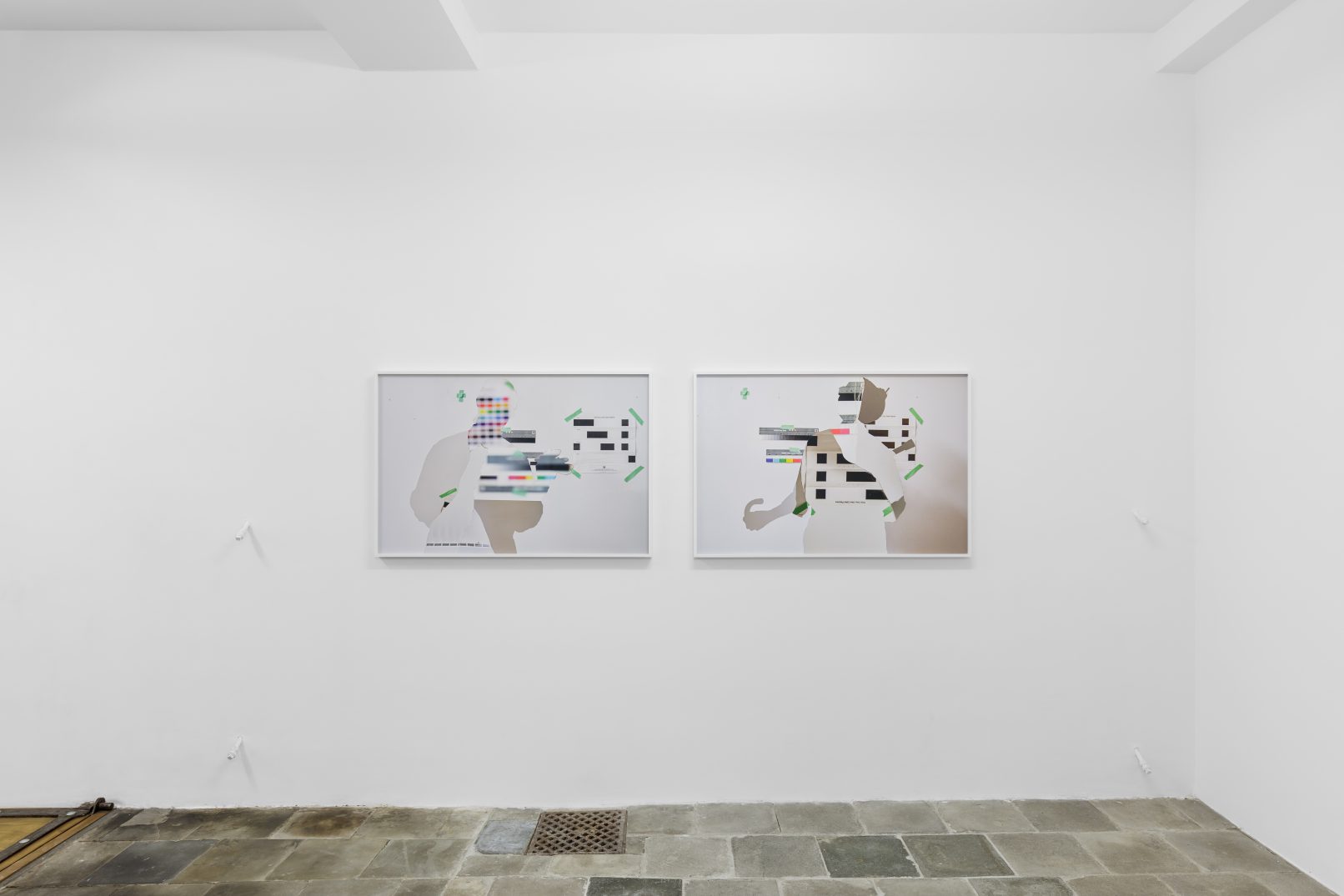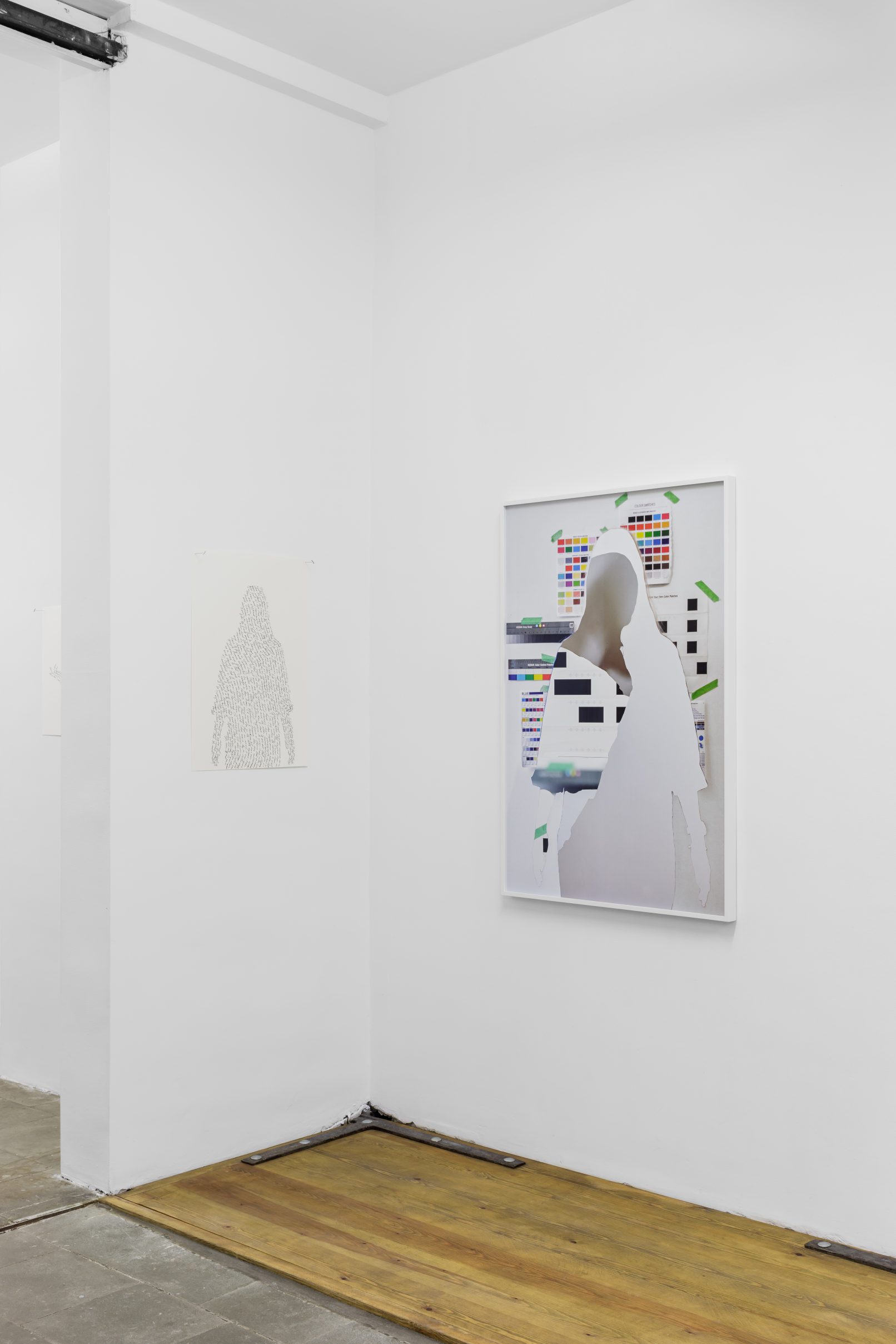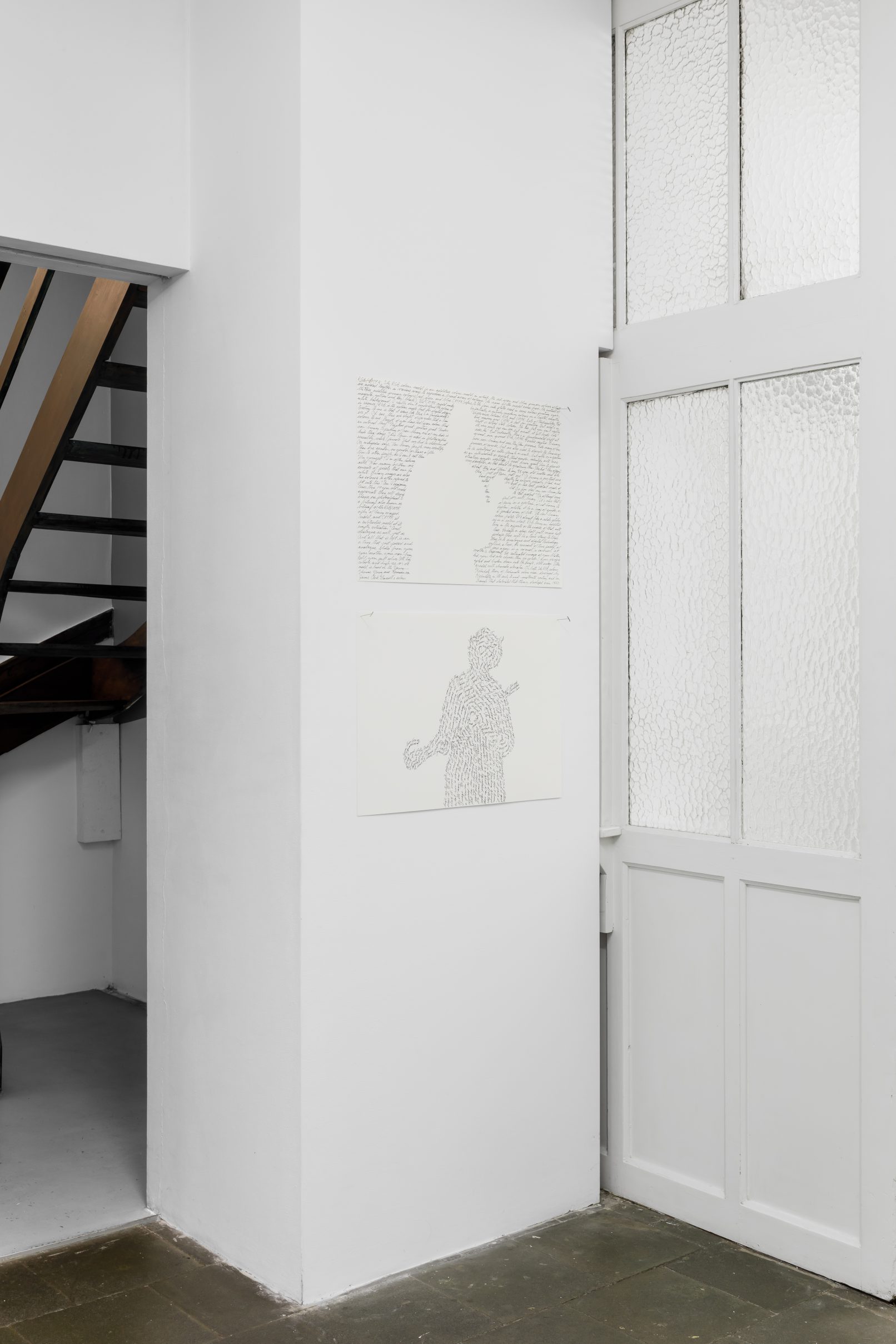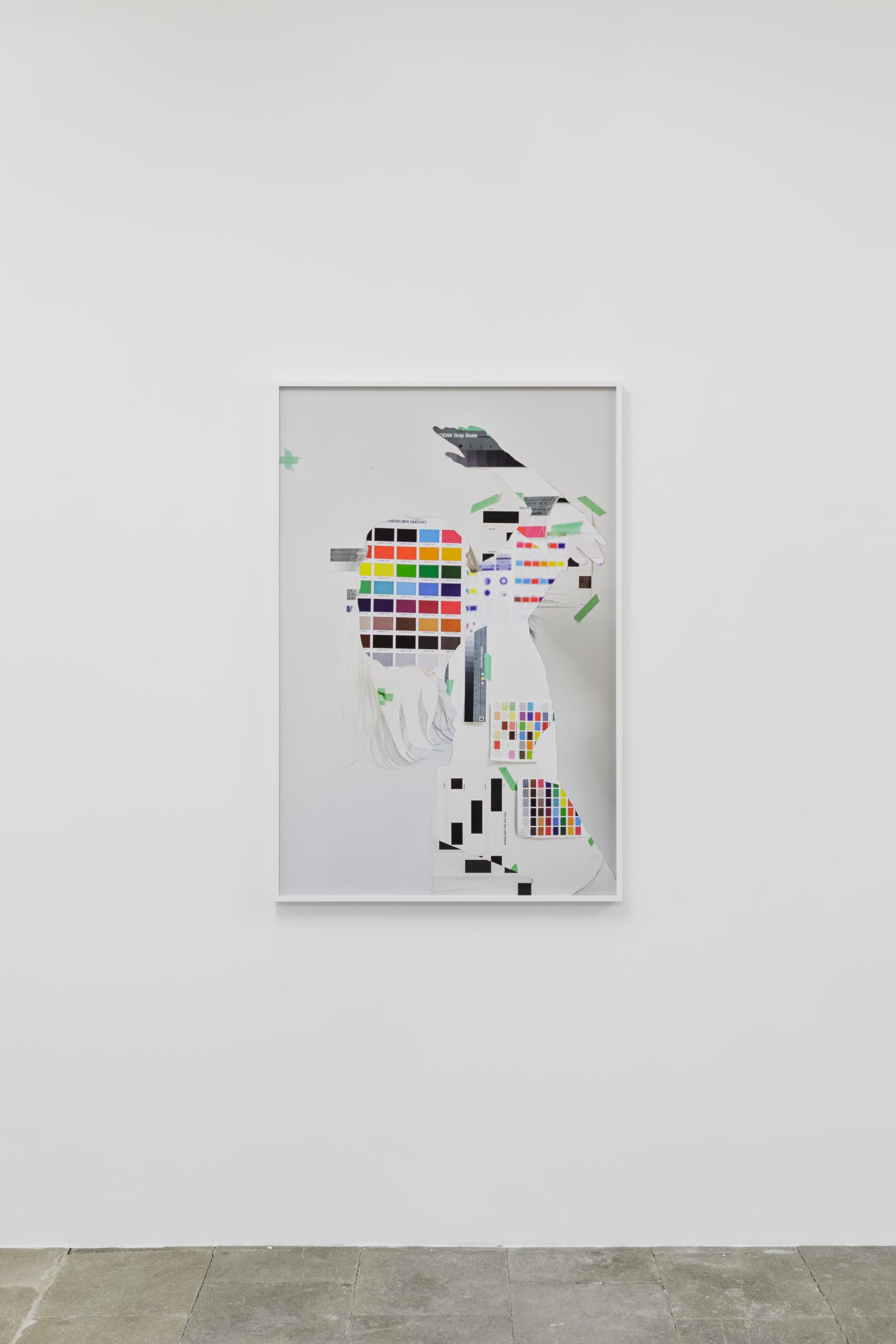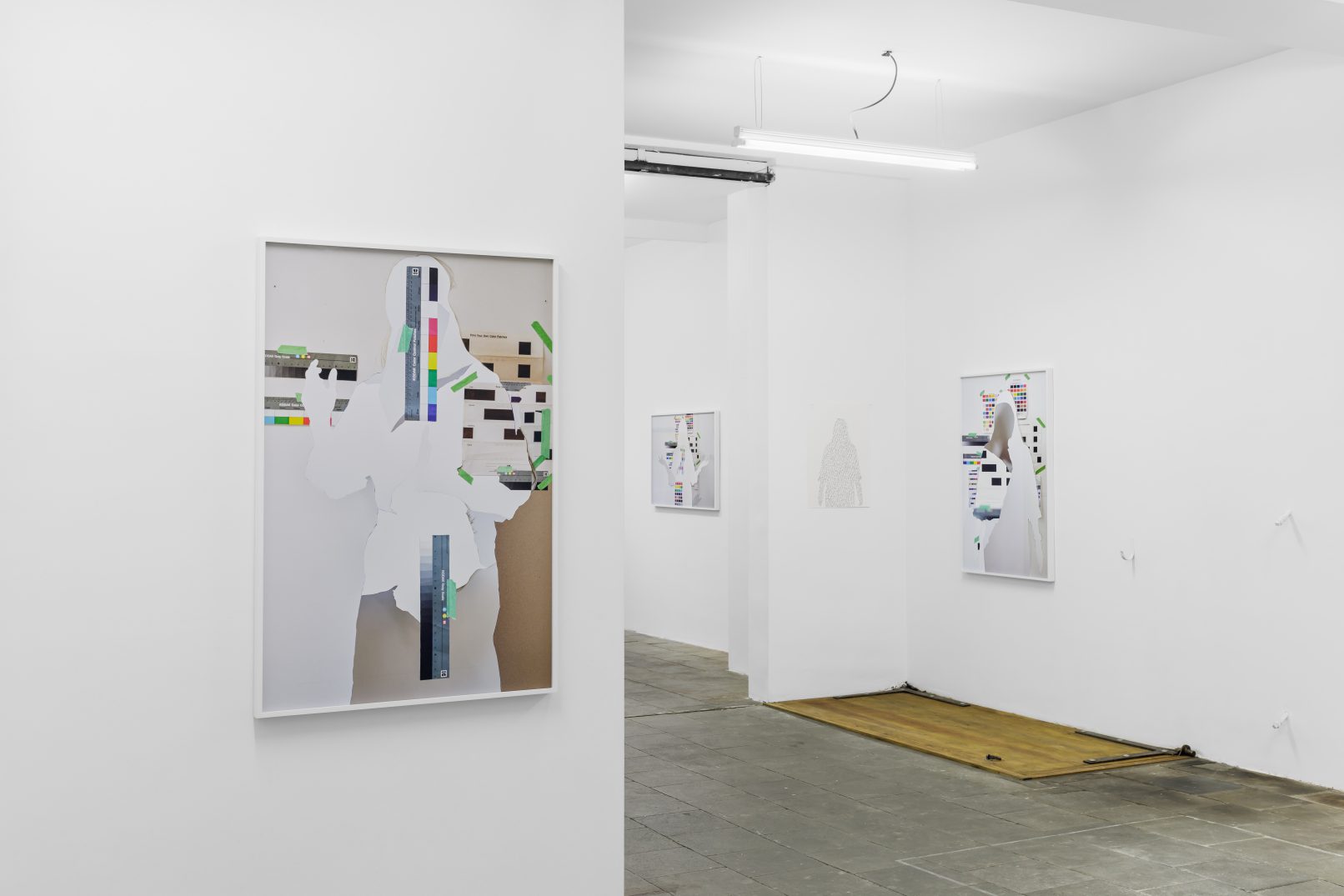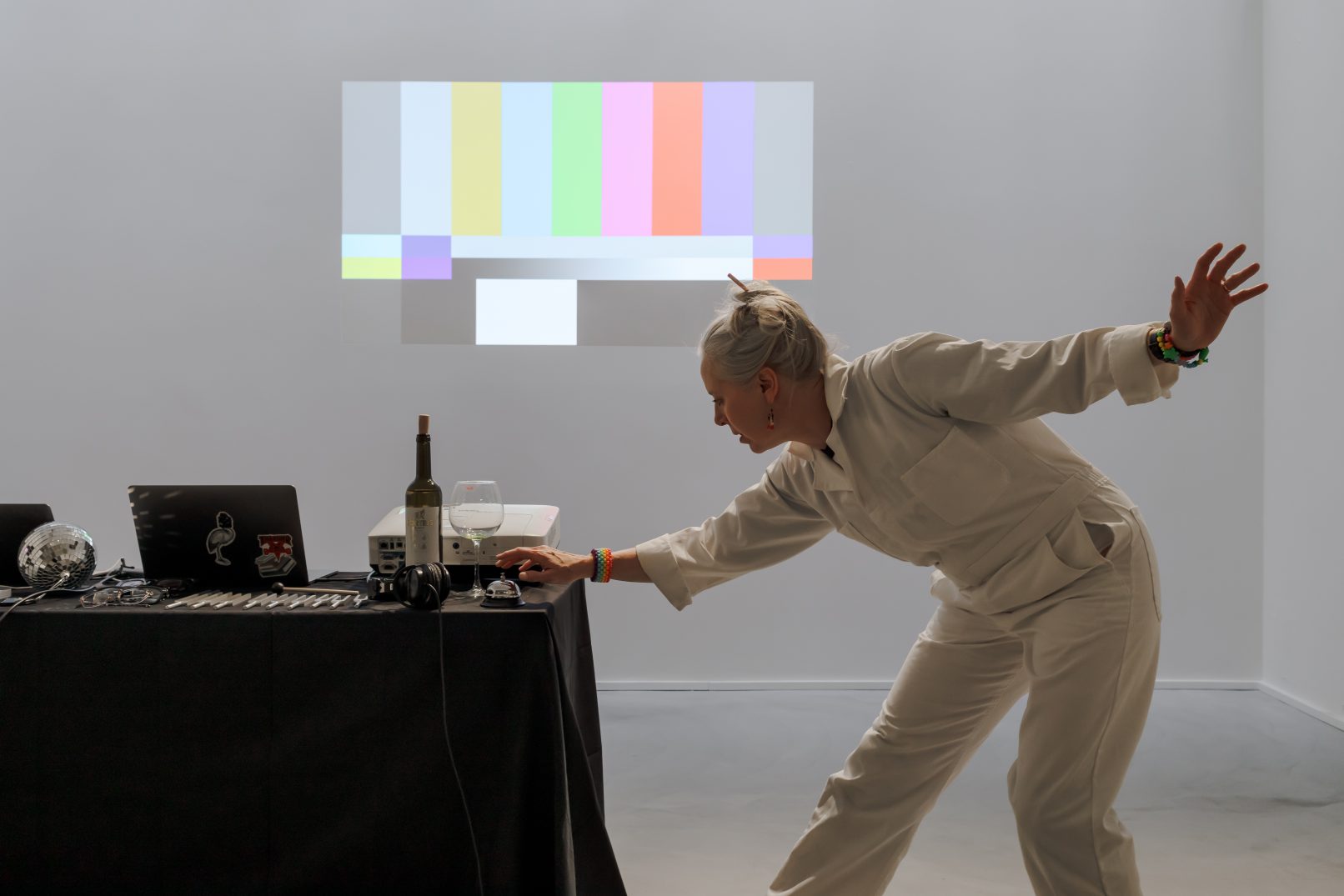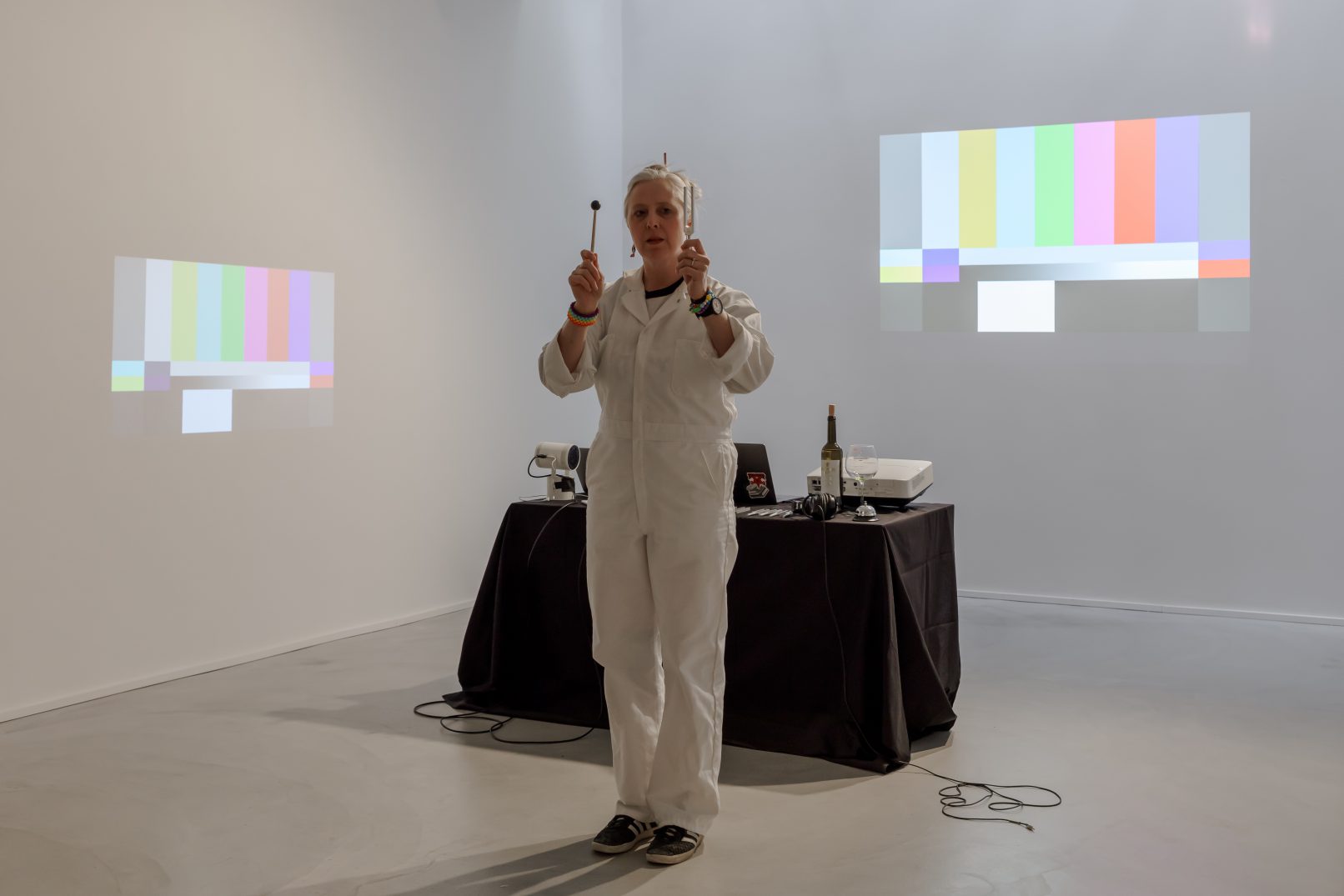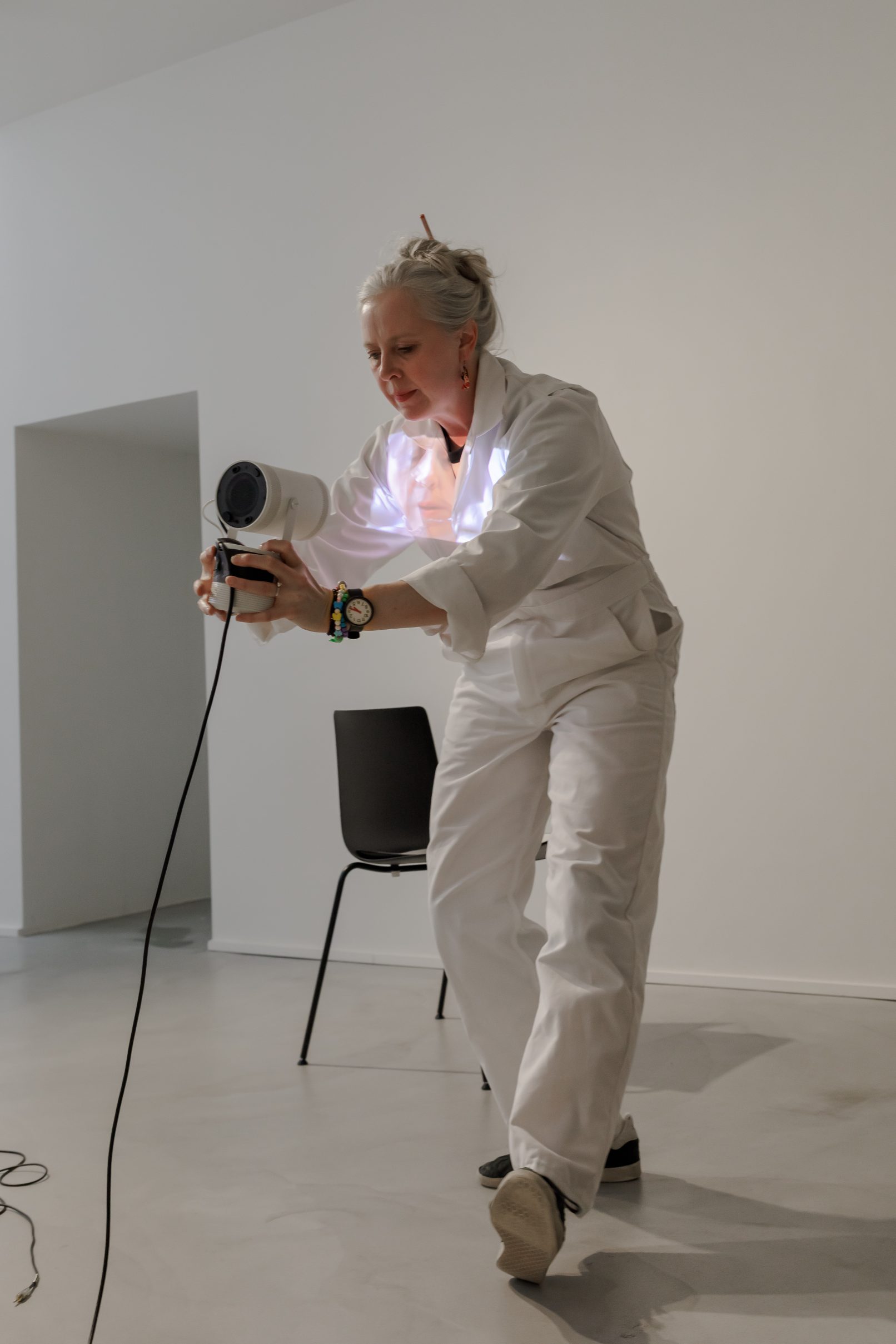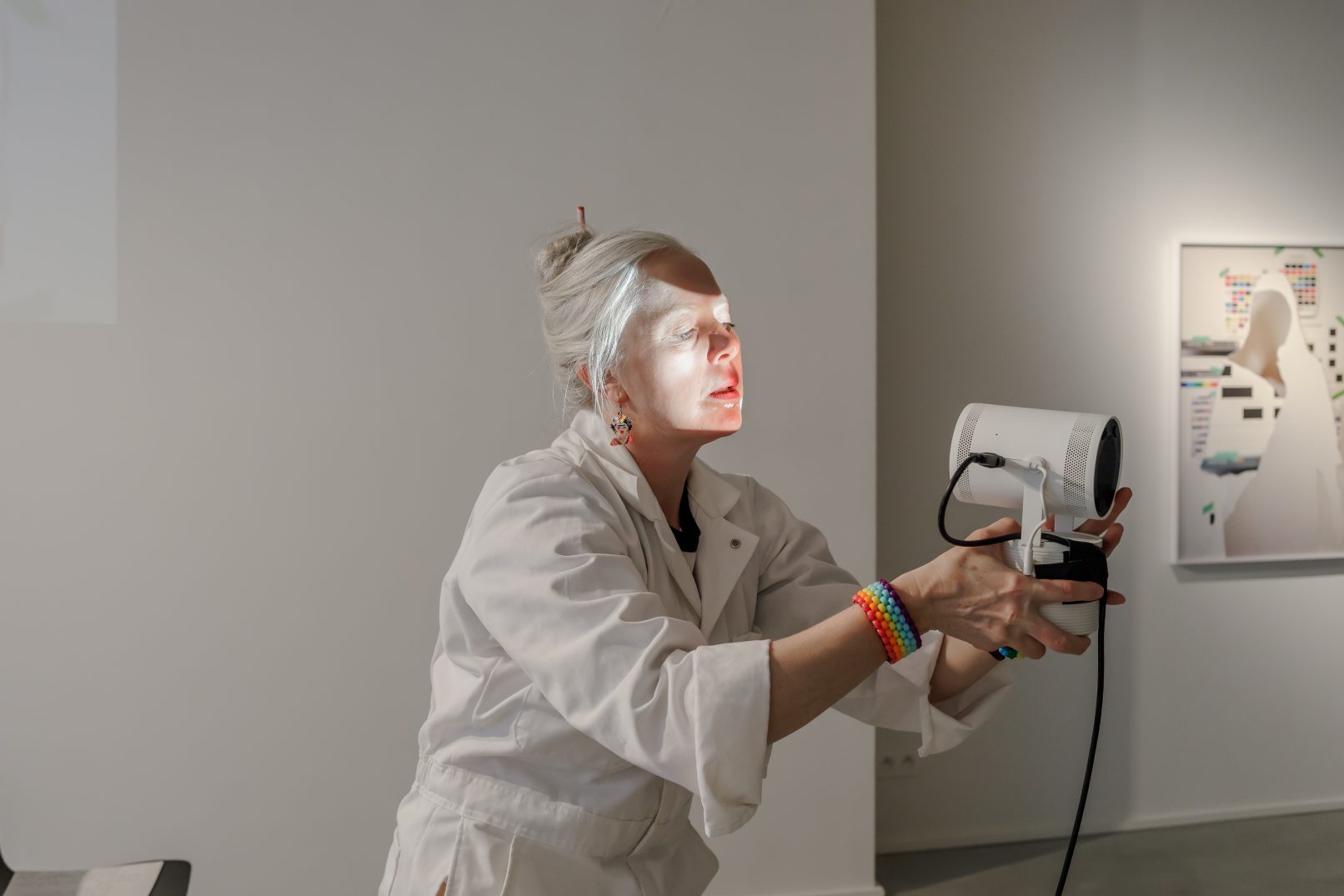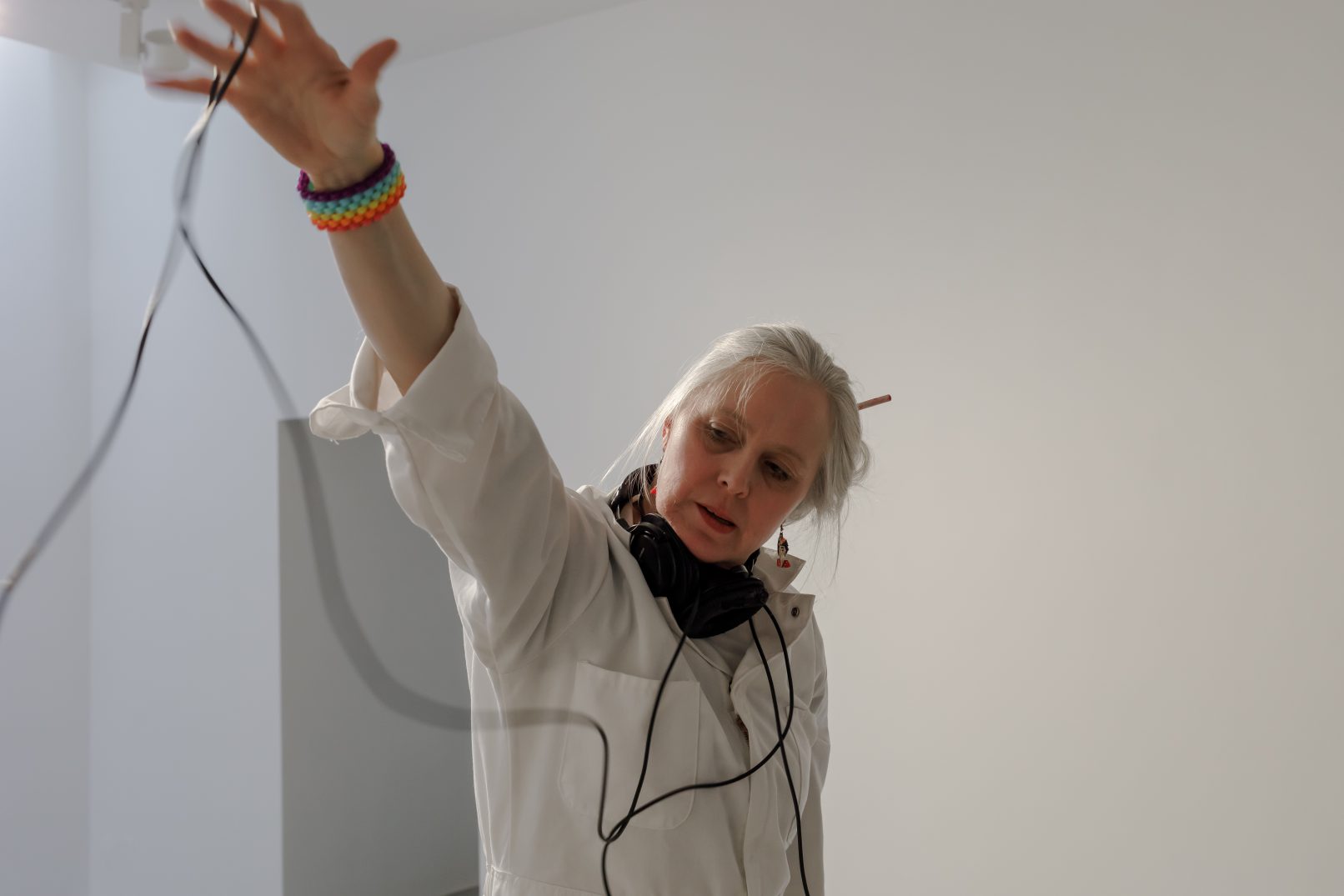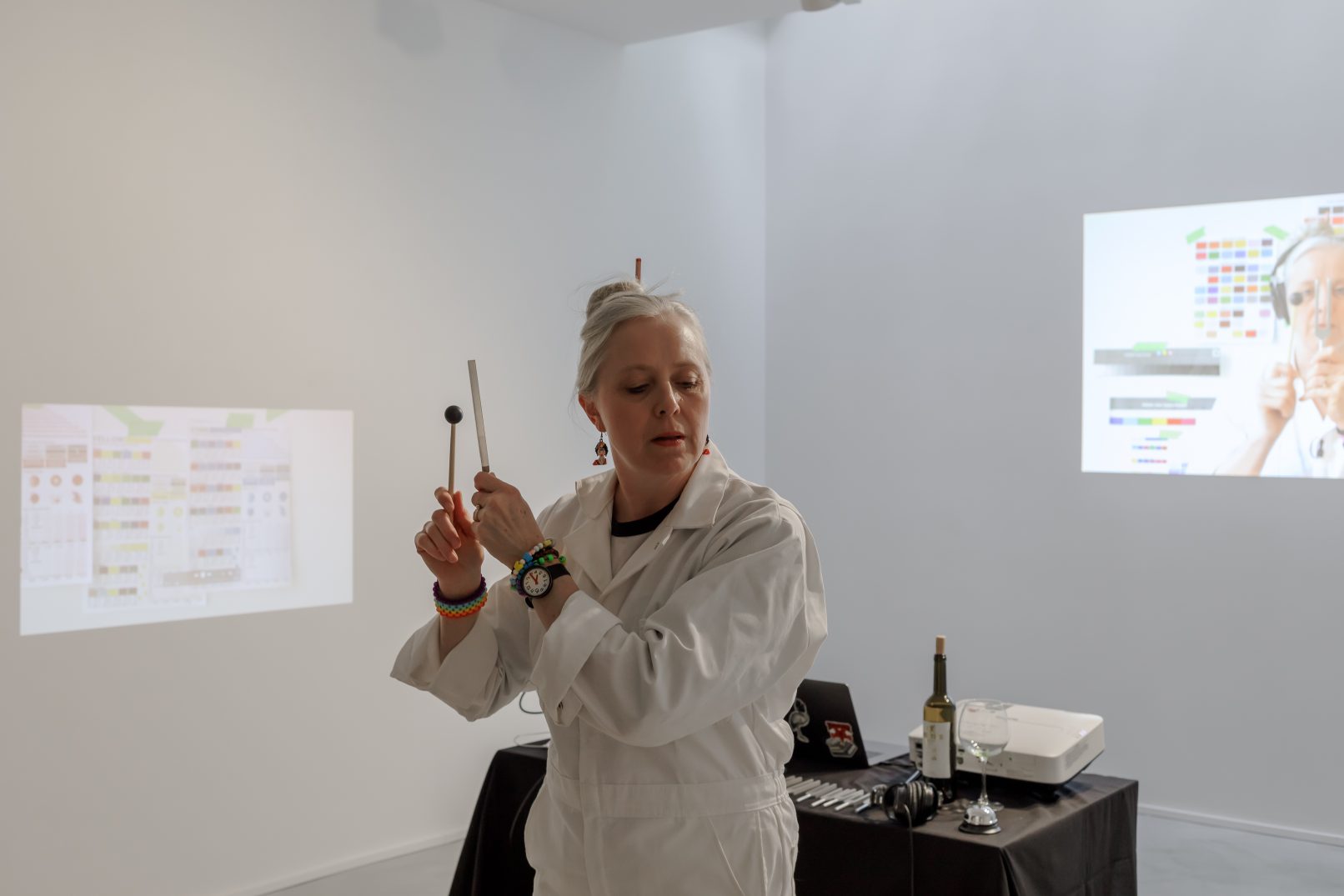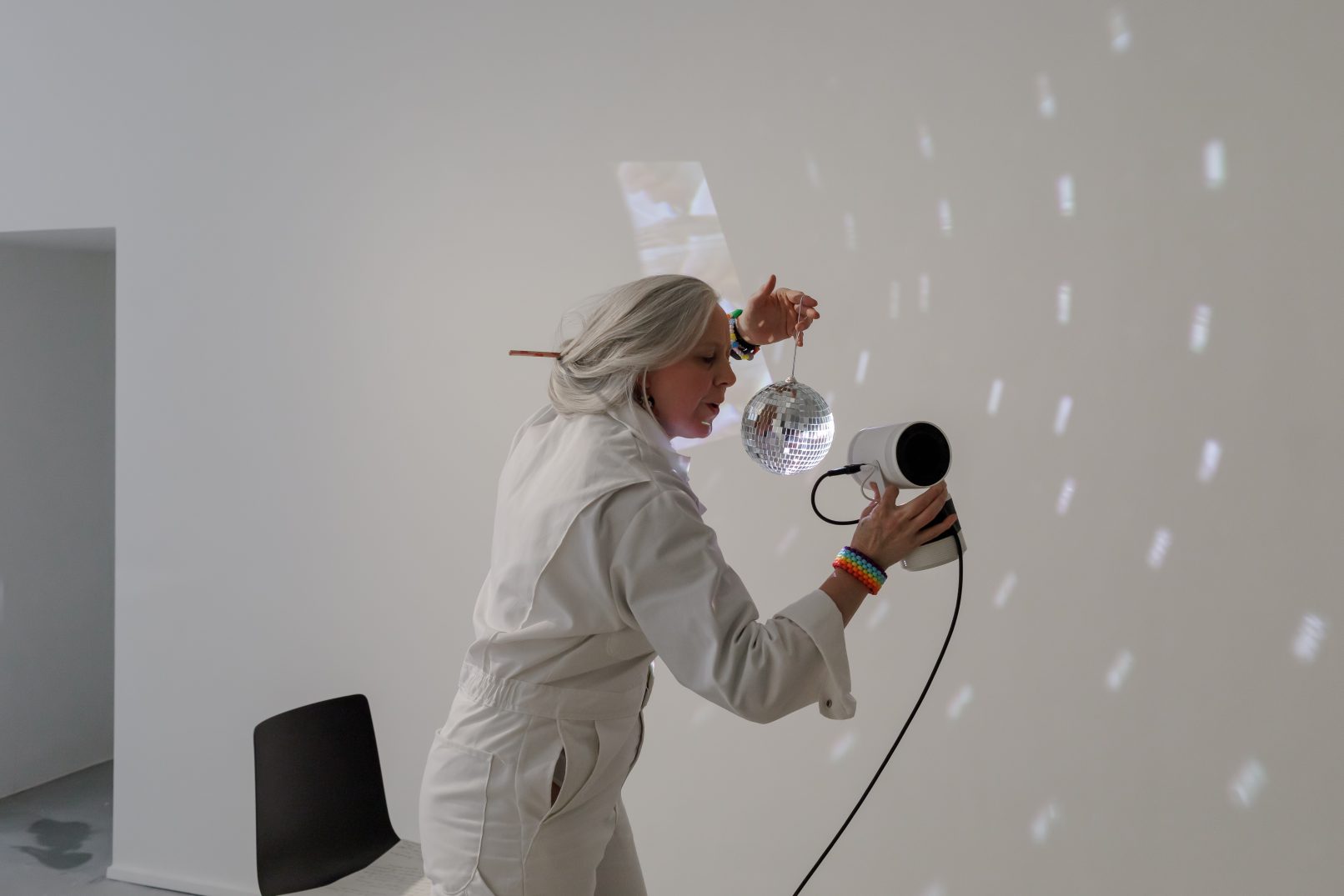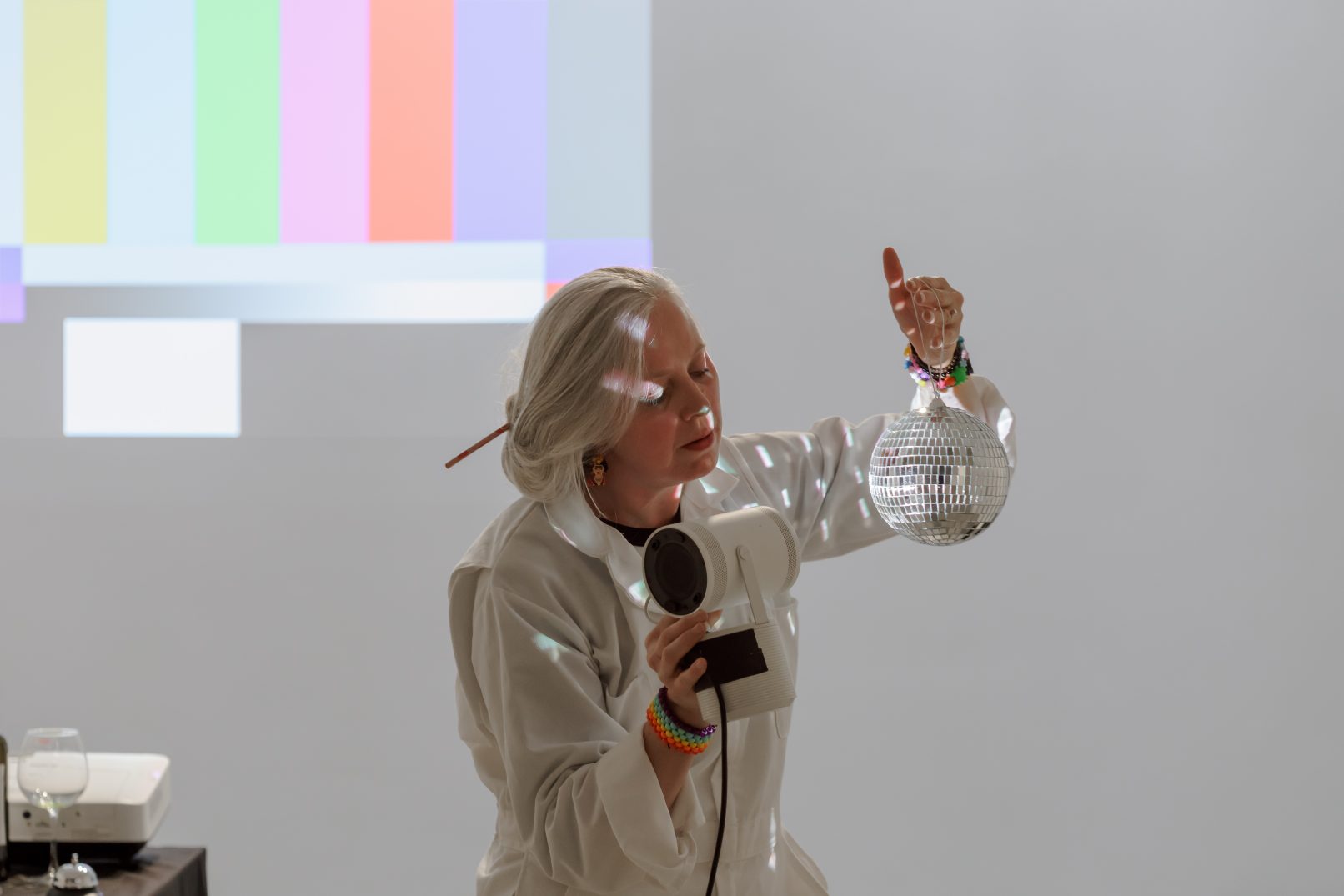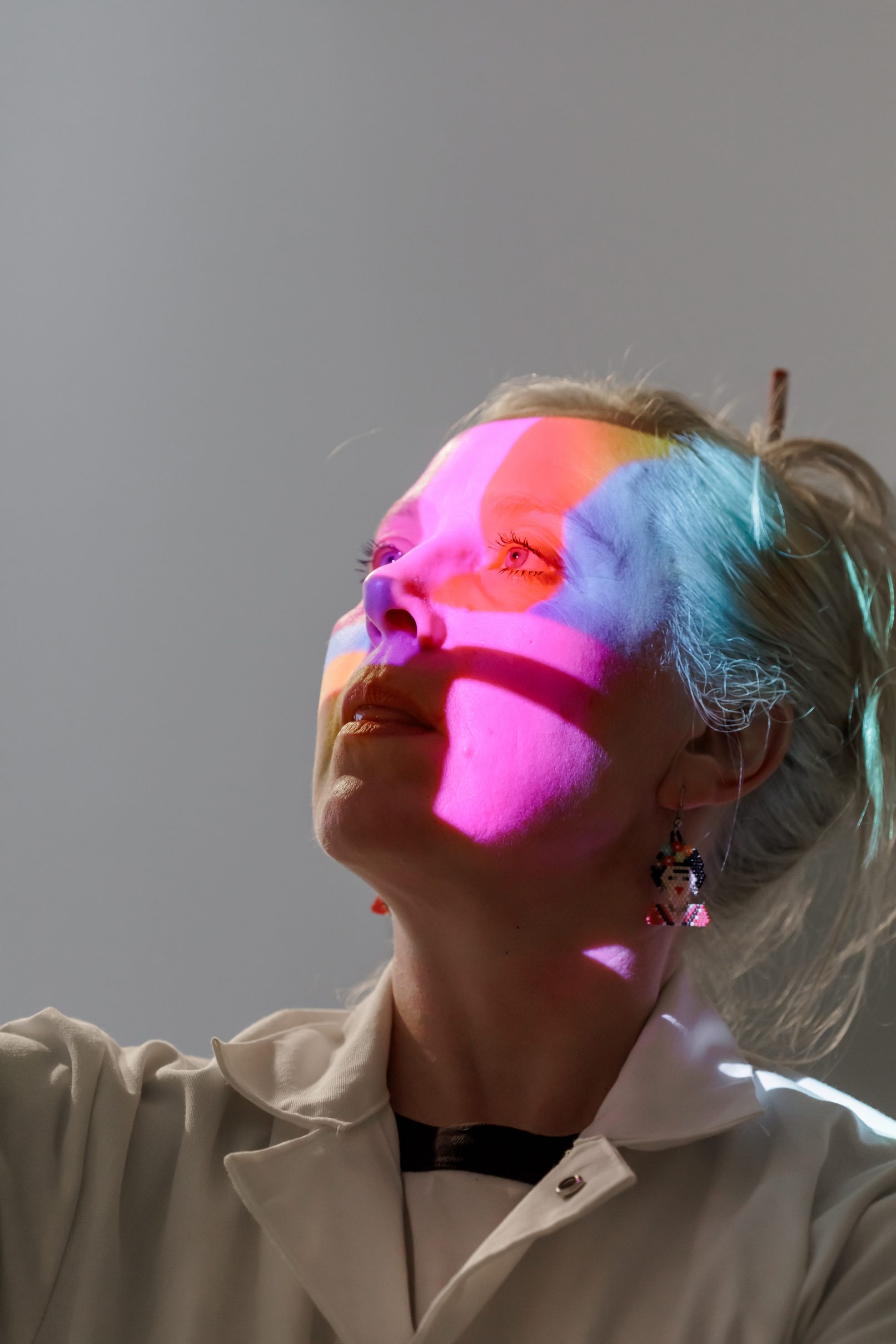EVANN SIEBENS: Colour Bars + Tone
OPENING
WAAP Brussels
10, rue du Chapeau / Hoedstraat
1070 Anderlecht
Brussels, Belgium
EVANN SIEBENS
Colour Bars + Tone
Opening reception: Sat, Apr 13, 2024, 4-8 PM
Exhibition: April 13 – May 4, 2024
Closing reception: Sat, May 4, 2024, 4-8 PM
Hours: Thurs-Sat, 2-6 PM
PERFORMANCE
EVANN SIEBENS
Cloud Seven
rue Quai du Commerce 7
1000 Brussels
Belgium
Fri, May 3, 2024, 6 PM and 7:45 PM
On the occasion of the launch of the gallery’s Brussels location, we are pleased to be presenting a solo exhibition with Vancouver-based artist, Evann Siebens. This will be her fourth solo exhibition with the gallery. In parallel to our exhibition this month at our location at 10, rue du Chapeau / Hoedstraat, Siebens will also be debuting a new performance work at Cloud Seven, a private museum by Frédéric de Goldschmidt situated in central Brussels.
***
The curiosity of dance is that, unlike most other forms of art-making, it is ambivalent towards the artist’s autonomy. It spans a spectrum of movement, from choreography—where the dancer is an instrument for realizing someone else’s vision—to discrete, personal expression. Even at the latter end of this spectrum, however, dance often finds its grounding through the alternation of mimesis or the lack thereof, i.e., there is an intuitive sense in which the dance is a vehicle for something beyond the dancer themselves—an emotional state or narrative idea.
And yet, still, one often thinks of dance as highly personal; a dancer may lend individuality to choreographed movement, perhaps, in the same manner as a pianist performing the work of a composer. So to look at dance is, alternately, to validate a gesture within a publicly available world-historical series of movements—a universal, impersonal history—and to see the surreptitious rupturing of that history within individual identity.
The art of Evann Siebens is an expression of this peculiarity of witnessing dance, and of the questions that dance asks of its audiences about identity. Throughout her career in dance film and photography, she has worked to constantly situate the movements of other people within a given place (such as her W-E-L-C-O-M-E to PoCo project for city of Port Coquitlam in British Columbia, Canada, which invited Coquitlam citizens to welcome commuters through sign language, or her choreographed dance film Orange Magpies, where dancers trace the colonial history of Vancouver through movement).
These images focus on the distinct interrelationship between territory, history, personhood, and physical gesture. Her latest artwork, however, represents a shift inward; in Colour Bars + Tone, Siebens adopts a meta-position towards her own practice as a filmmaker and artist.
The work comprises several elements. The first includes photographic collage prints, which feature images of colour bars set within the silhouettes of significant bodily gestures from the histories of contemporary dance and performance art known to the artist. Some of them (e.g., Marina Abramovic’s contemplation of her audience in The Artist is Present, complete with braided hair; Tehching Hsieu’s punching of a time clock in One Year Performance) are iconic, while others stem from other choreographers who have worked more personally with Siebens. The consortium of figures comprise a dramatis personae for Siebens’ creative world. These same silhouettes then manifest through concrete text passages written on paper, where Siebens reflects upon her own personal relationship to photographic image-making, meditating on terms such as “chromatic aberration” and “mirrorless.”
Adjacent to the text and collage is a two-channel video; in one channel, Siebens’ recites her own multi-layered meditations on photography, while in the other, projected images of the colour bars stretch across her body. In this mise-en-scene of self-reference, Siebens’ interconnects gesture, history, the body, and the camera lens in a cascade of signs.
It is a commonplace to speak of “losing yourself” in dance. Siebens’ text and images are a paean to this loss; the silhouettes of her figure literally enclose her absence. And yet, Siebens’ works at a distance from dance, a distance that precludes her total absorption within it. For her, dance is an open prompt for reflection upon the tricky relationship between art-making and selfhood. While dance is a question—of where self ends, and dance begins—film and photography are necessarily enclosed media that evince the mark of a creator. The camera lens acts an extension of the body, realizing body as such. There is, then, in this prismatic self-reflection a curious dwelling upon the contortions that different media impose upon us.
With her relentless focus on portraying the self, Colour Bars + Tone situates Siebens within a broader field of feminist art practices that have worked to reconfigure the way in which publics consume images of women since the advent of postmodernity. It is tempting to read into her work an ethos of expanded representation, i.e., the centering of the self-authored and authorized woman beyond the regime of media-mandated bodies. But Colour Bars does not center the body so much as its echo.
The loss of selfhood is itself a symptom of mystical vision: divine insight into the inherently
overdetermined, evanescent nature of self. Siebens dances her way through the gestures of her forebears, and arrives, paradoxically, at both herself and her absence of self. The camera lens acts as the material cord within this span, uniting these disparate spheres of personhood. It grounds dance and performance in time, situating it within historical flow. Hence, perhaps, the focus on the colour bar: a form of chromatic standardization that works to accurately model colour as perceived by the human eye, rather than captured by a sensor. Within this array of movements and indices, the colour bar is the only thing that is truly impersonal. It tethers opticality to a common measure beyond the caprice of human observation.
The colour bar is in analogous to those systems of gesture towards which dance accrues meaning; a common standard. As the colour bar is to the lens, so history is to the body.
– Text by Rhys Edwards
RHYS EDWARDS is an artist, writer, and curator. His writing has appeared in Canadian Art, C Magazine, Whitehot, and ReIssue. He graduated with a degree in Interdisciplinary Studies from UBC in 2014, and he lives and works on the unceded territories of the Musqueam, Tsleil-Waututh, Kwantlen, Katzie, and Semiahmoo nations.
EVANN SIEBENS makes media, performance and photos with movement. Her lens-based practice negotiates the human body as an archival site and the politics of the female gaze. She danced with the National Ballet of Canada and the Bonn Ballett before studying film production at New York University. She worked as a dance cinematographer for many years and shot dancers such as Mikhail Baryshnikov and Lucinda Childs. Recent exhibitions and screenings include: Vancouver Art Gallery Offsite Public Art (Vancouver, 2021), MACBA (Barcelona, 2021), Kunstinstituut Melly (Rotterdam, 2020), Pushkin State Museum of Fine Arts (Moscow, 2020), WAAP (Vancouver, 2019) and Belkin Gallery (Vancouver, 2019).
Her documentary work previously screened at the Museum of Modern Art in New York City and was broadcast on PBS. Evann recently screened a film at Lincoln Center in New York City and won the ‘Outstanding Overall Work’ prize at the Light Moves Festival in Limerick, Ireland. Her work from ‘A Performance Affair’ in Brussels, Belgium was featured on the front page of the International New York Times in 2019.
